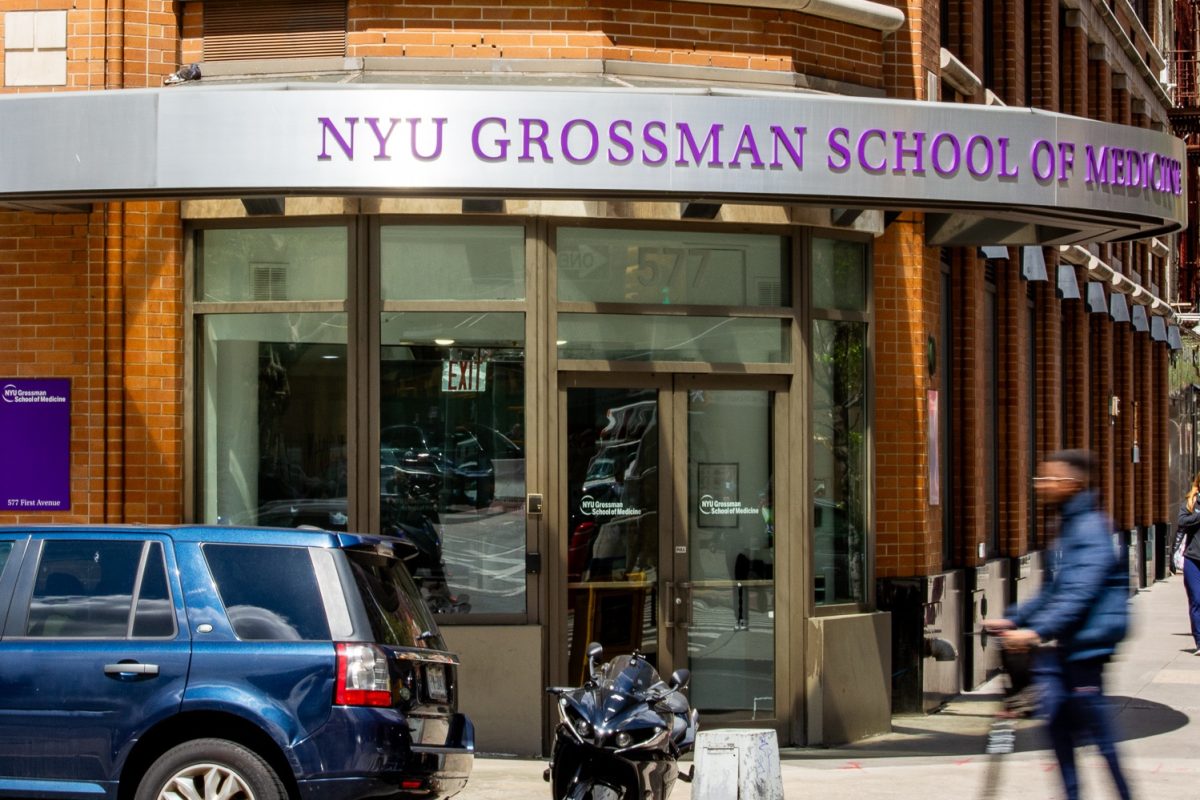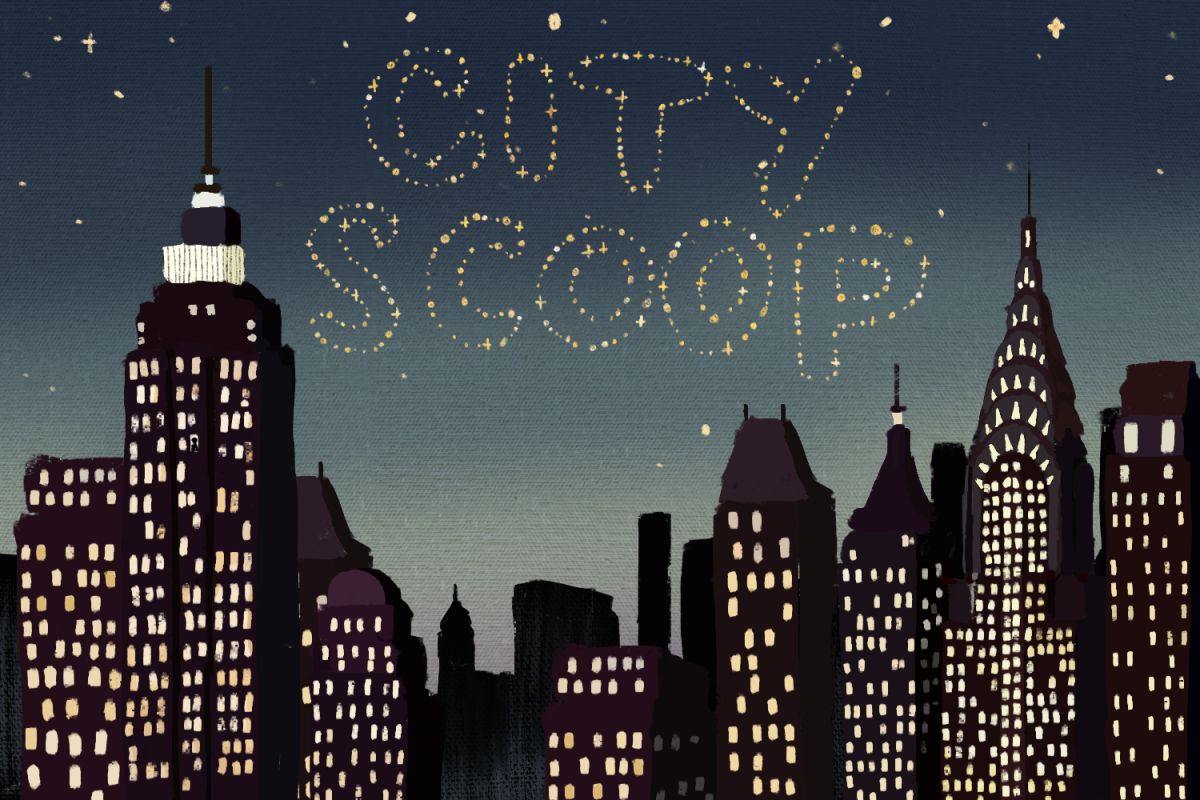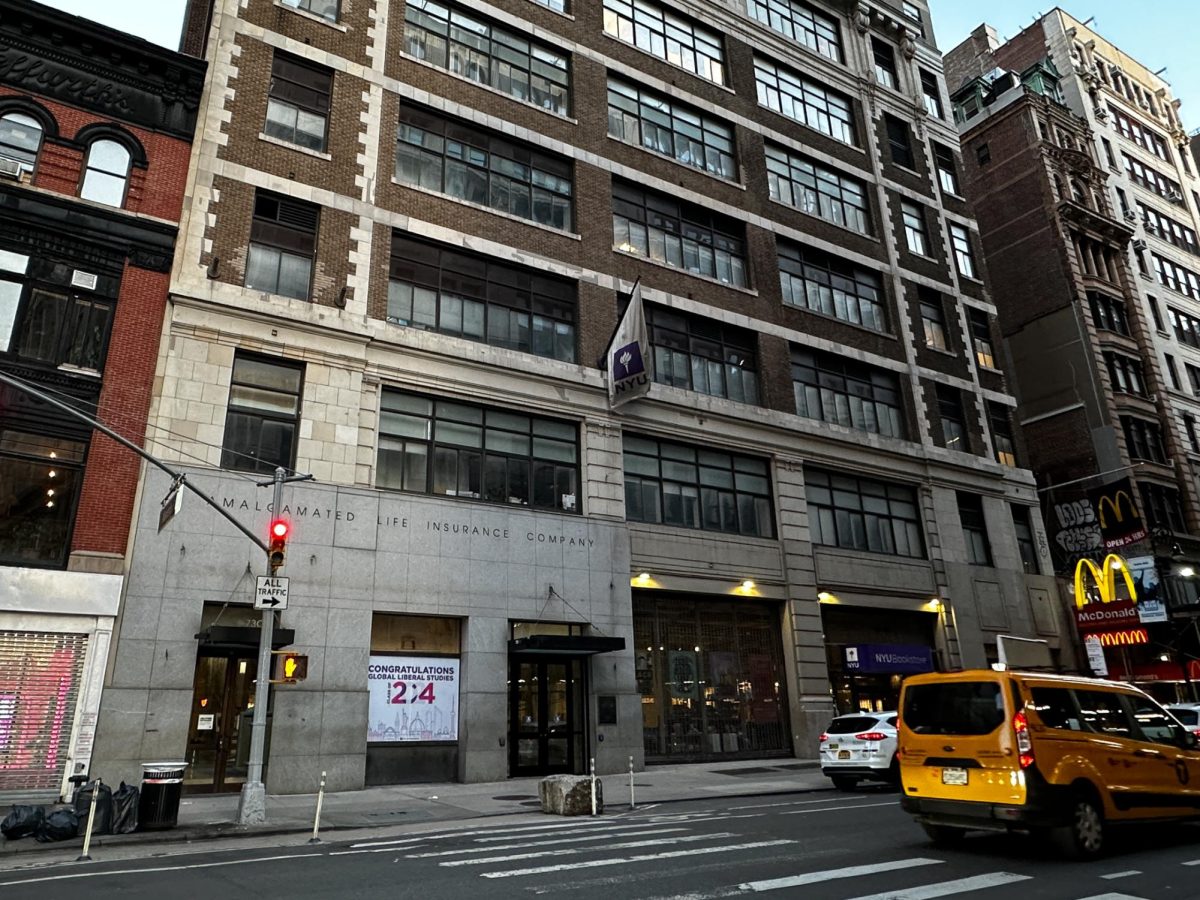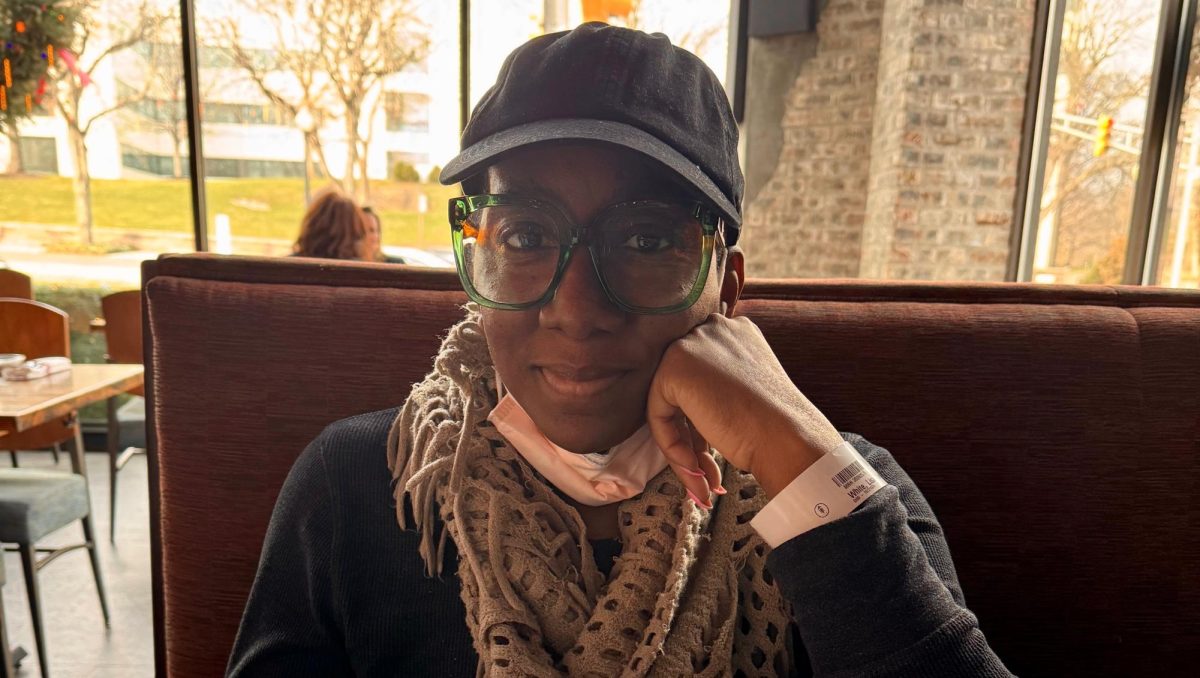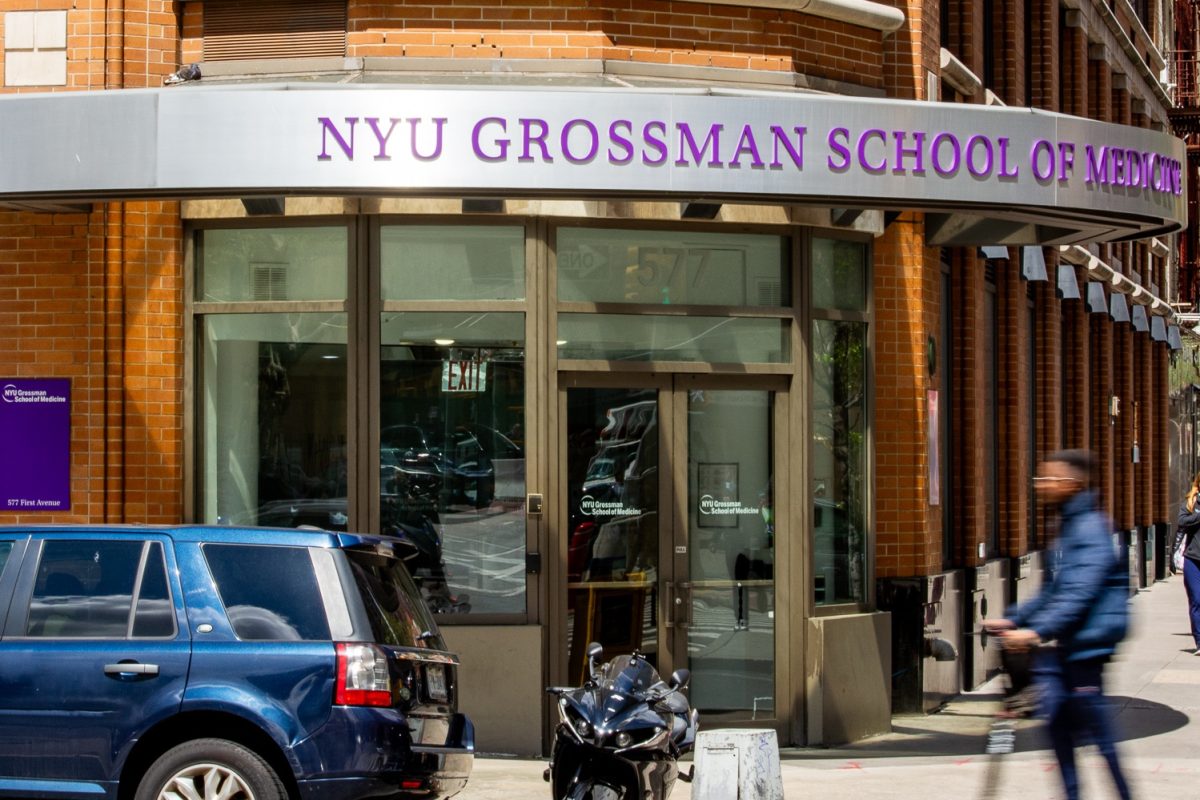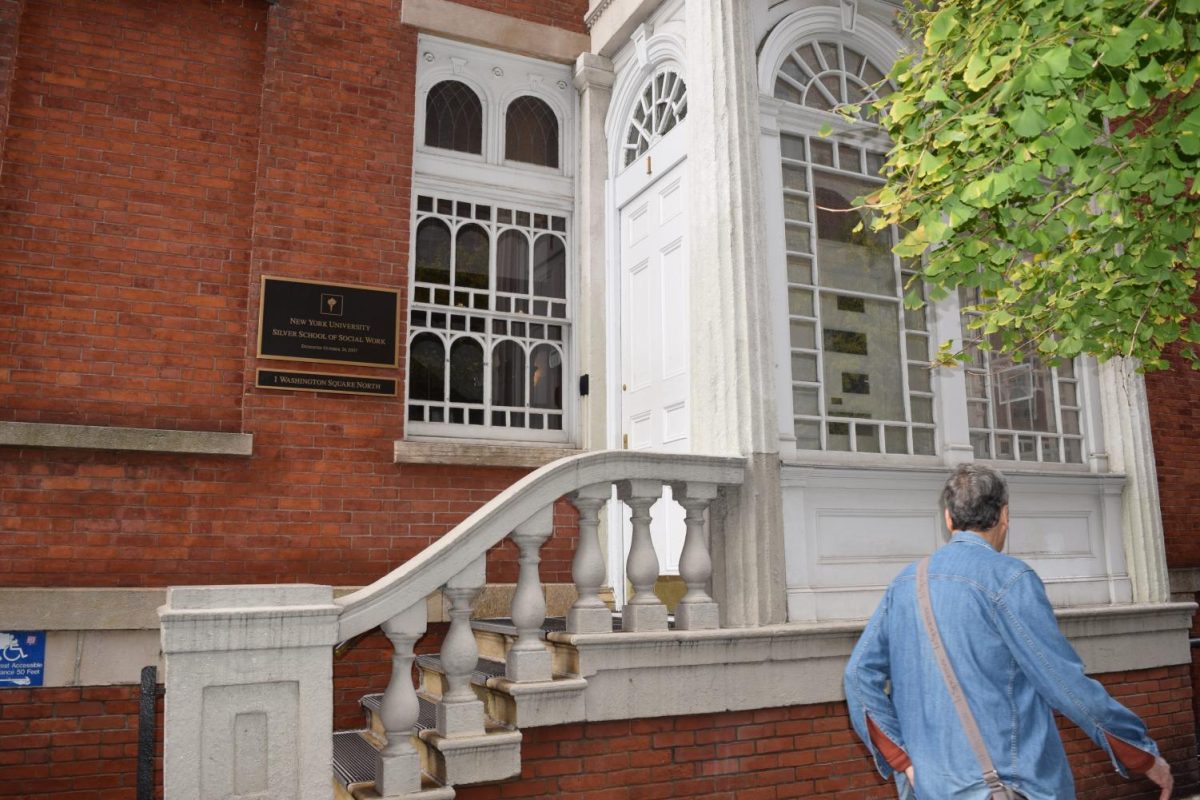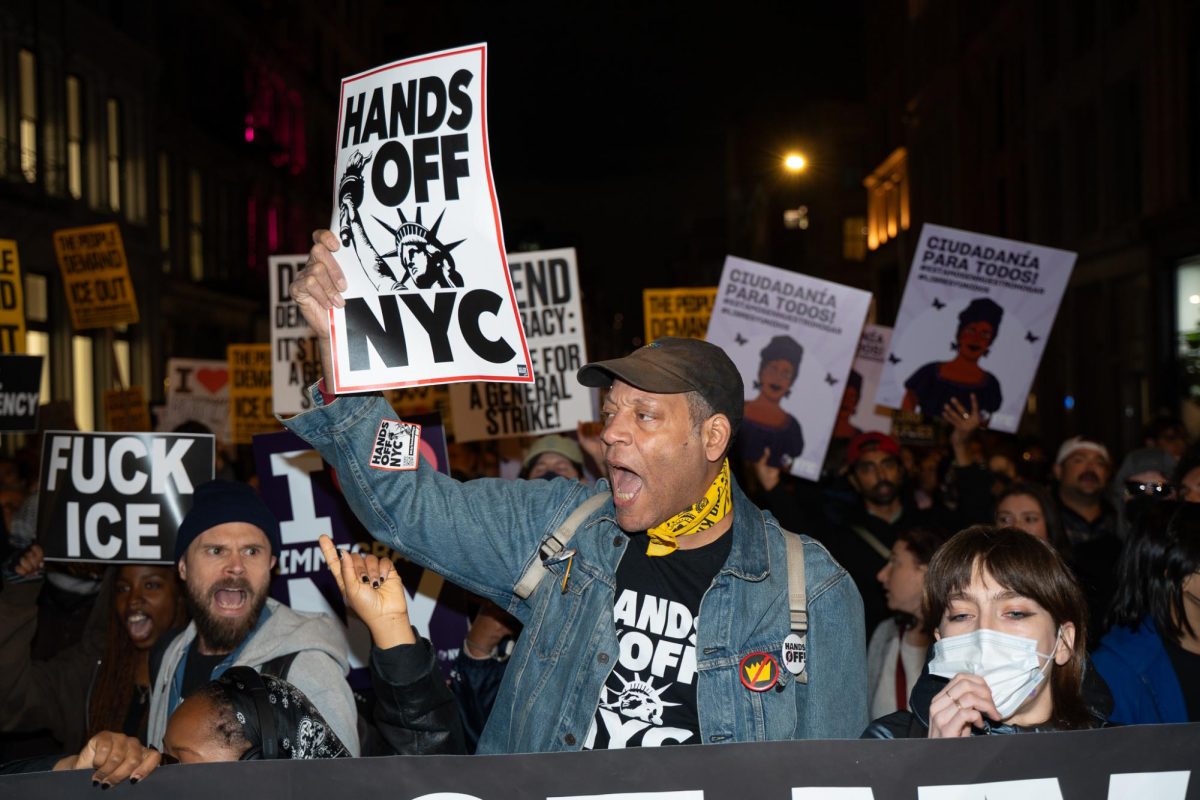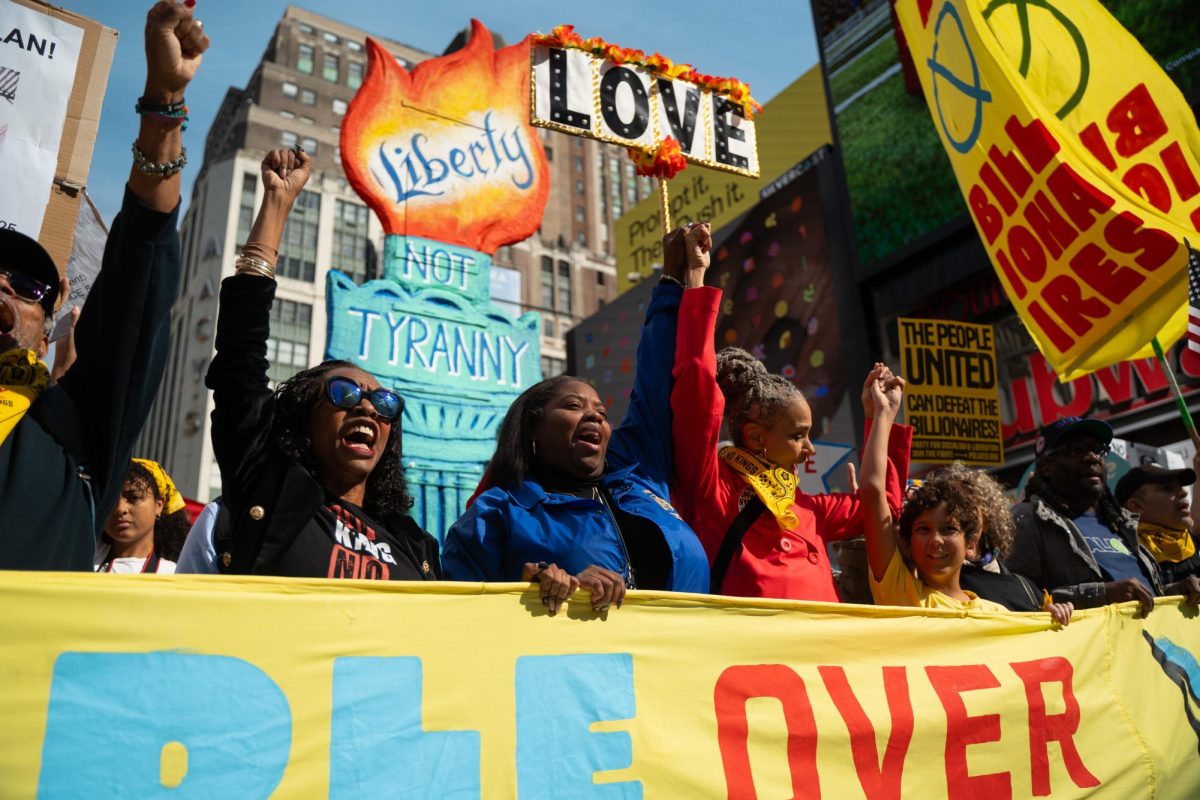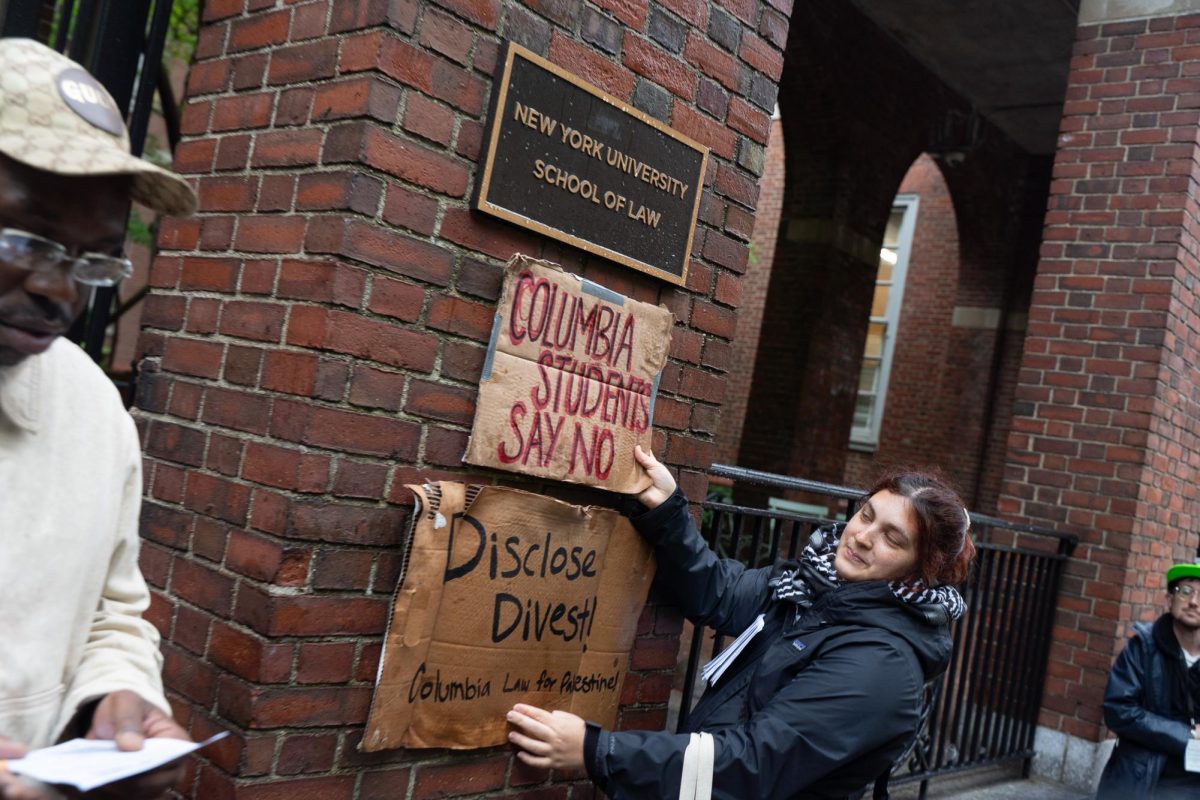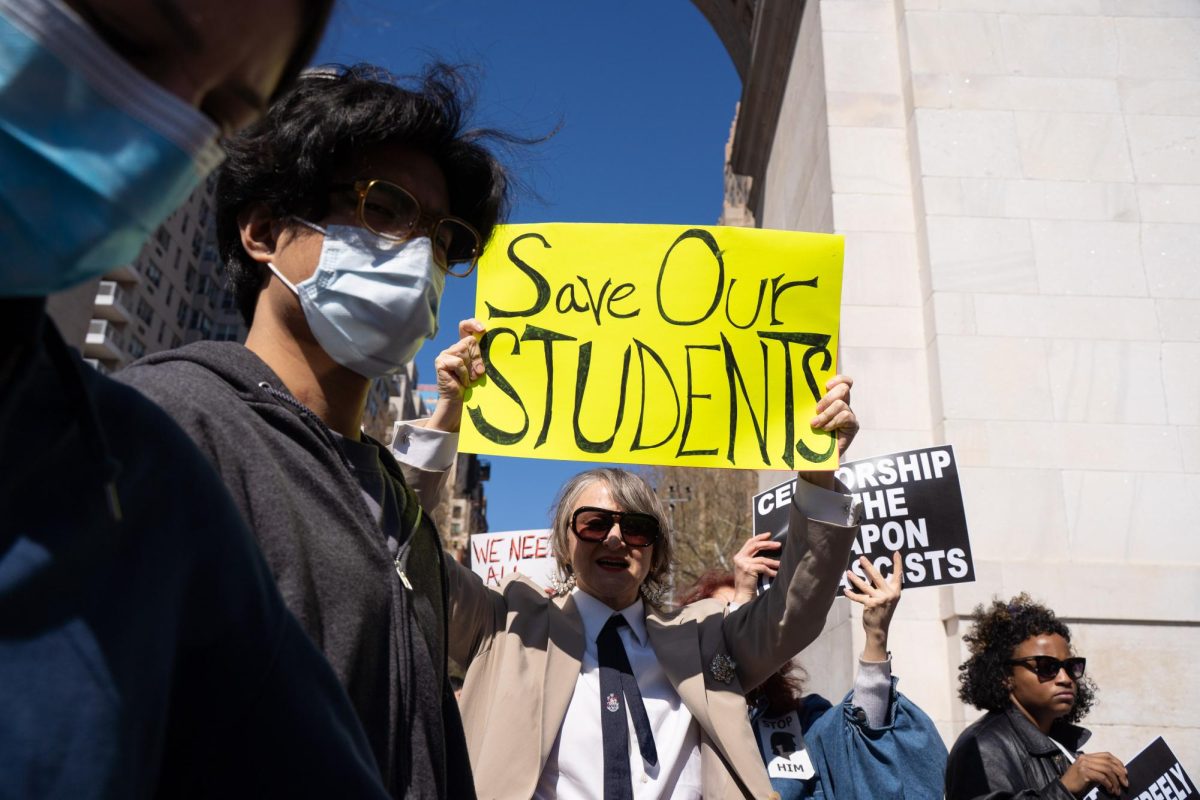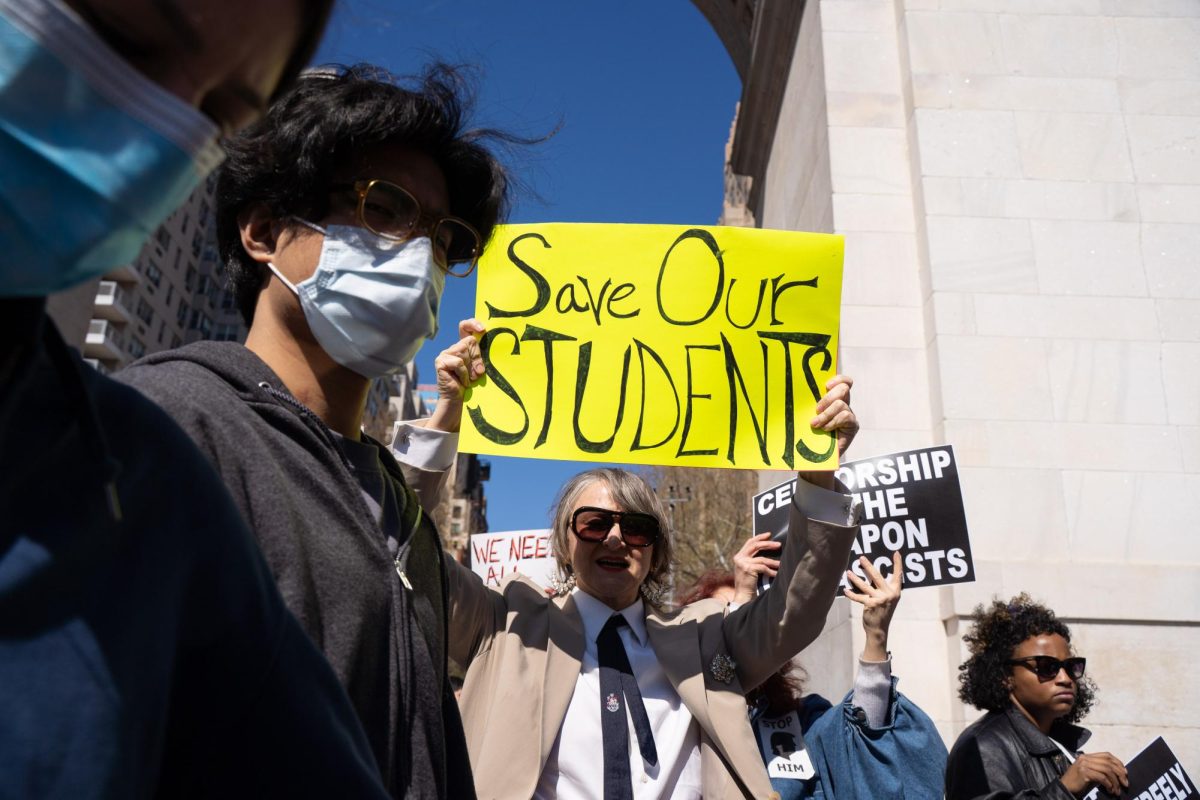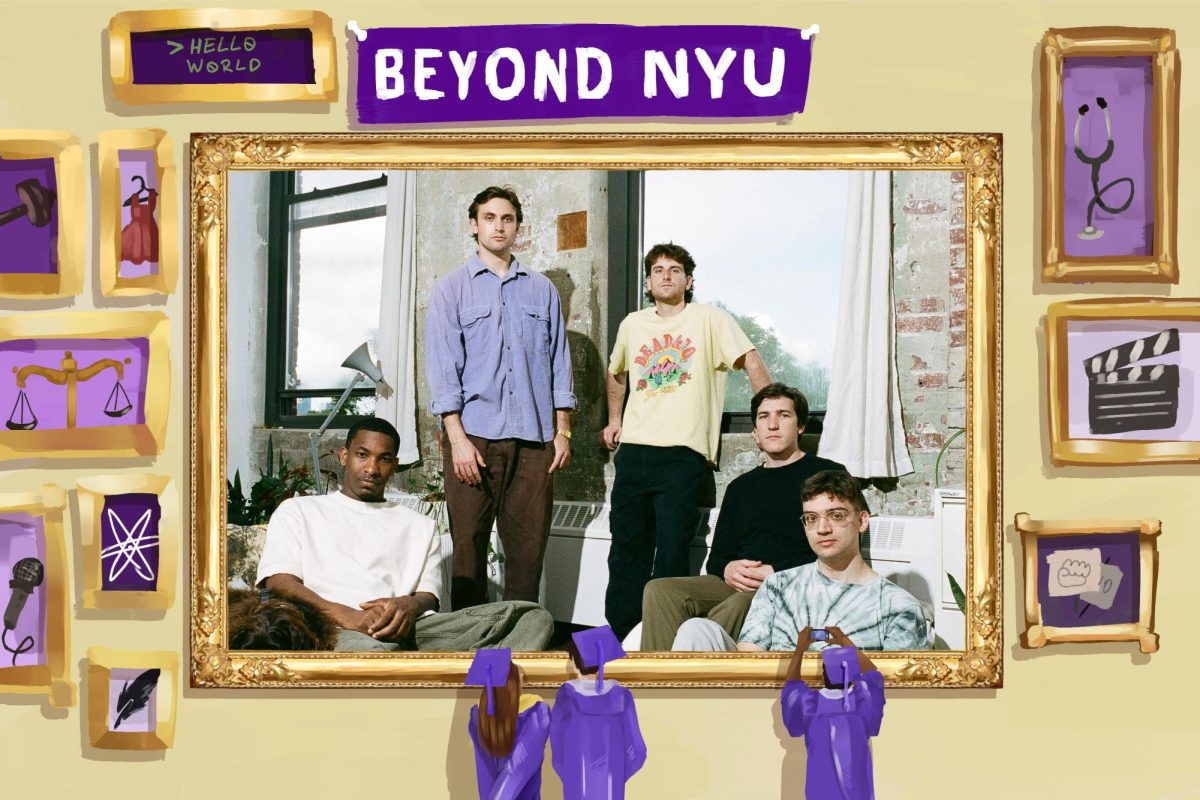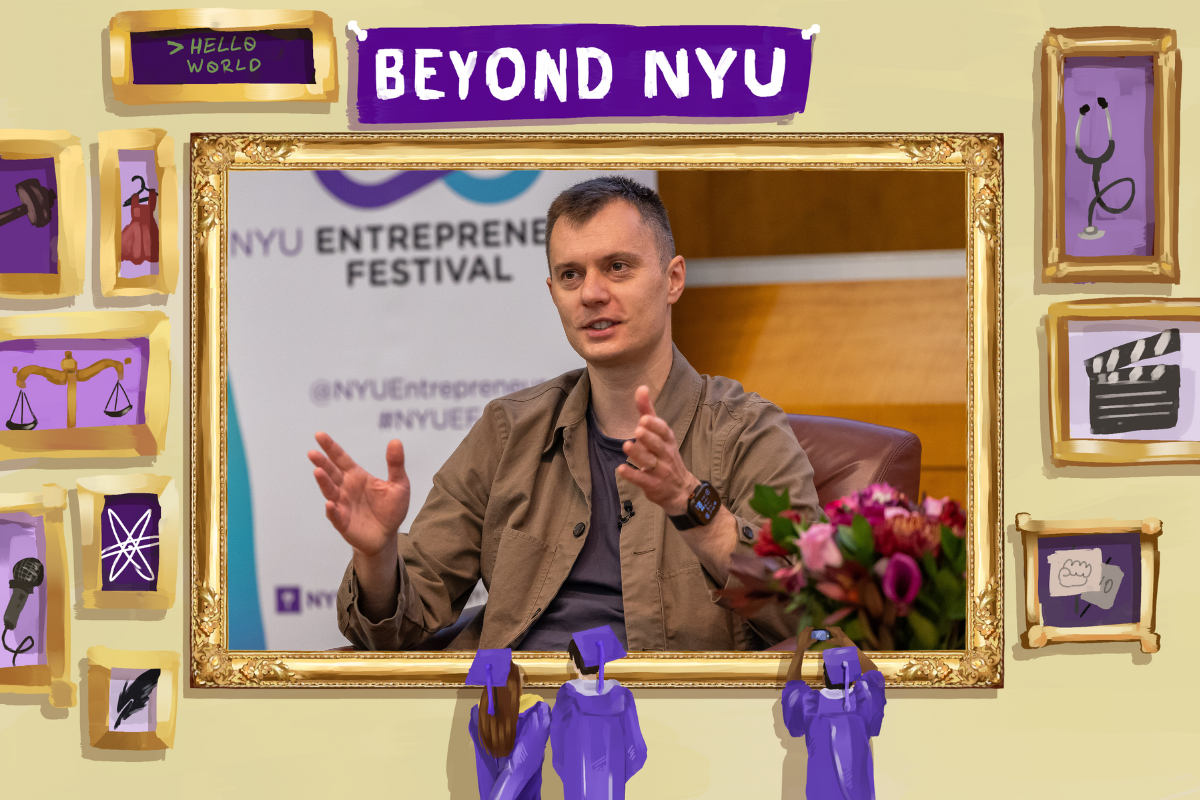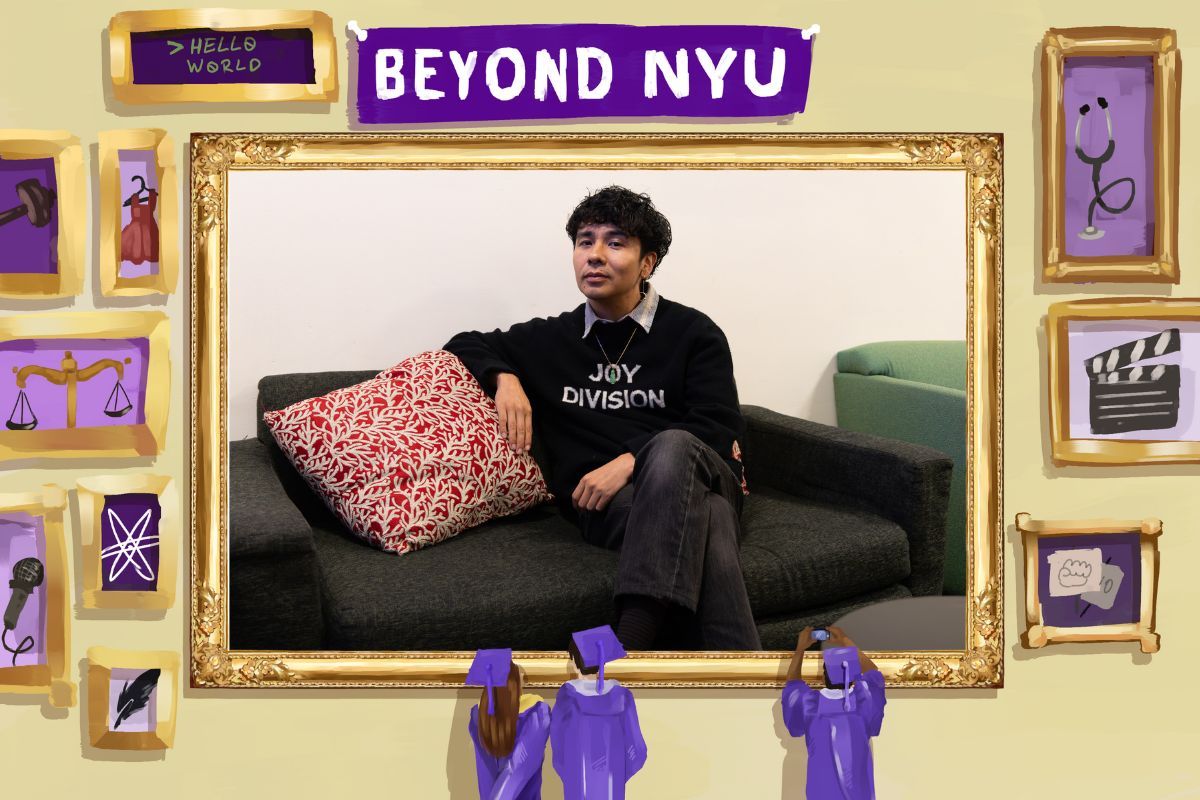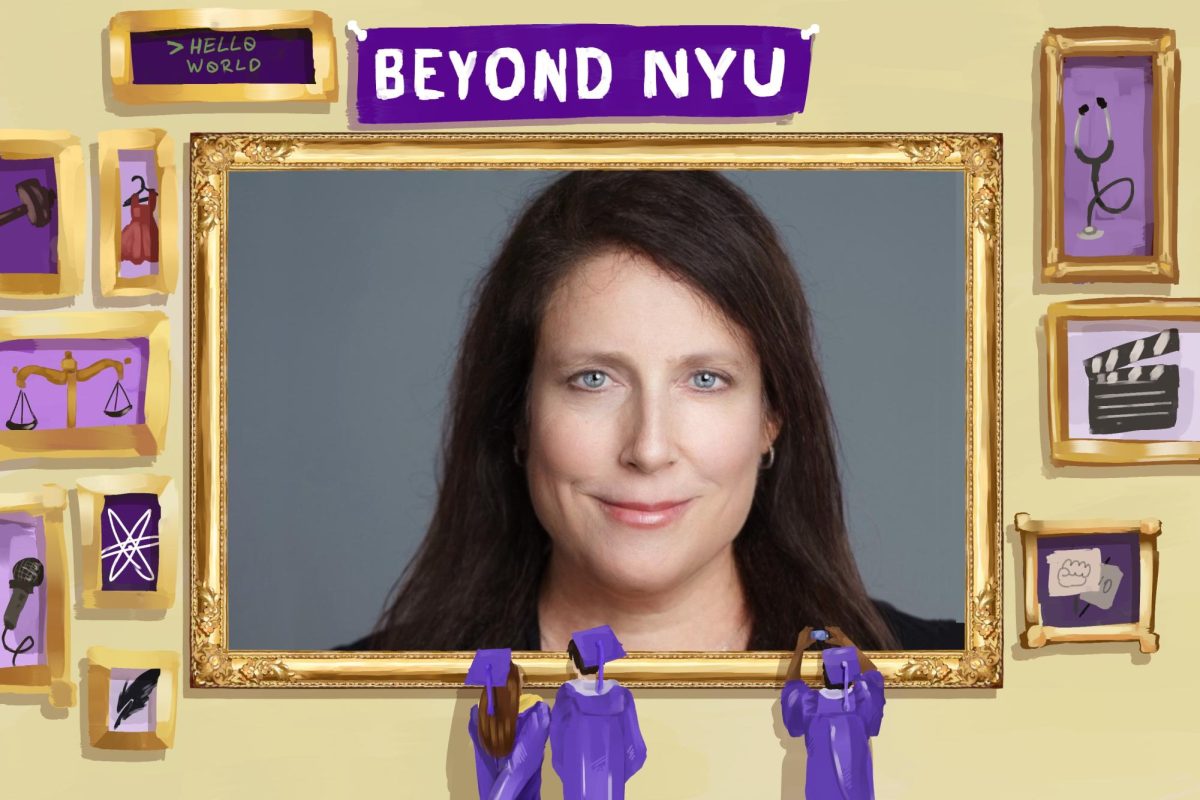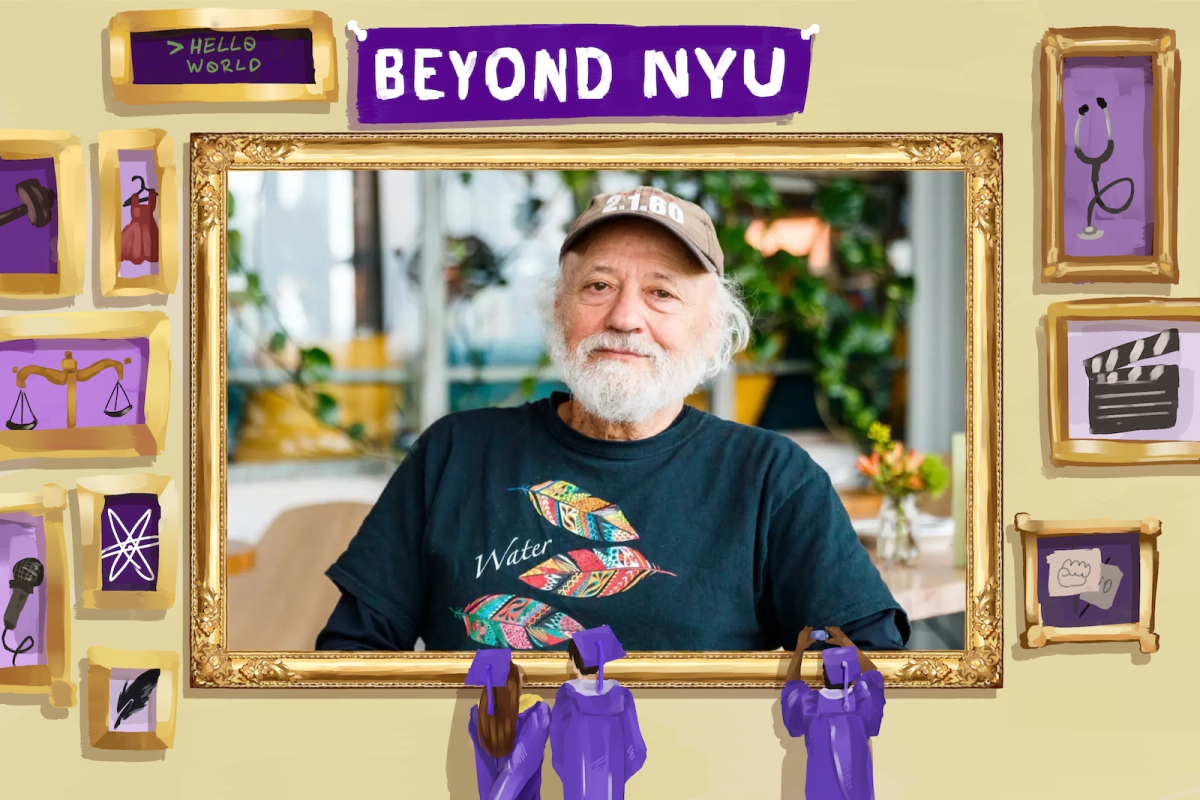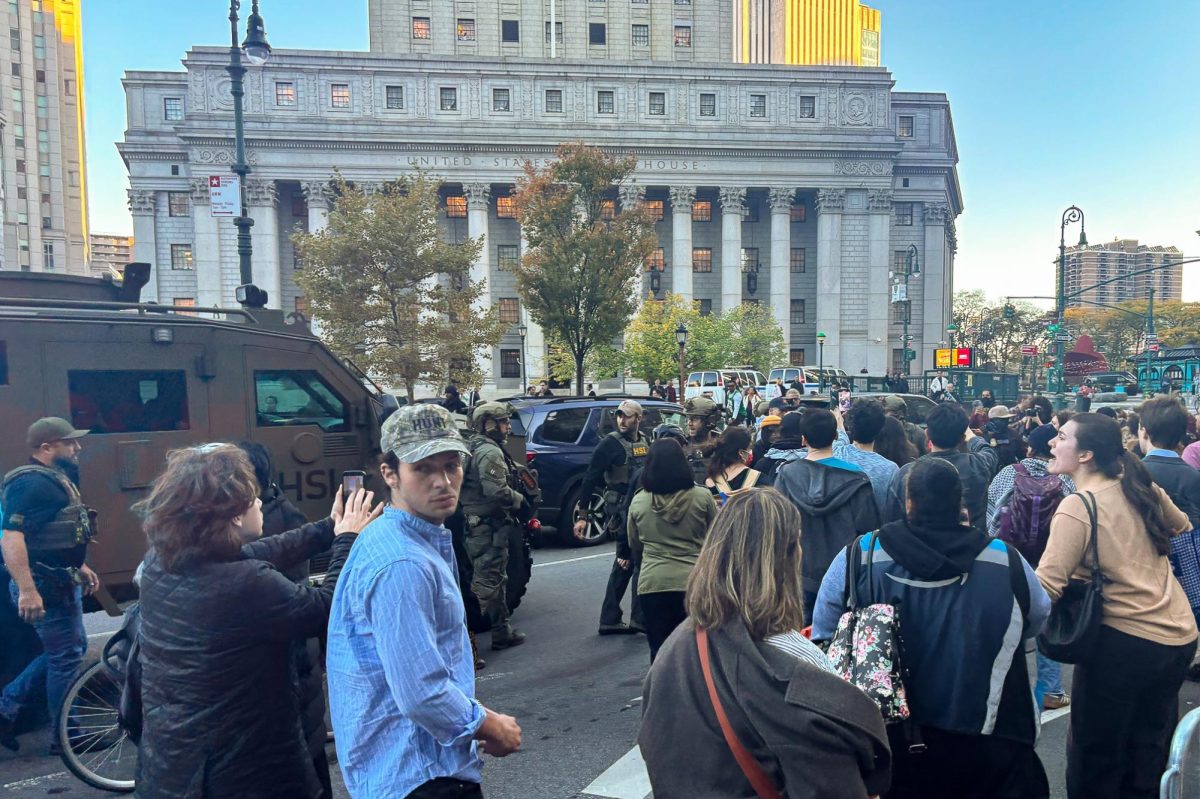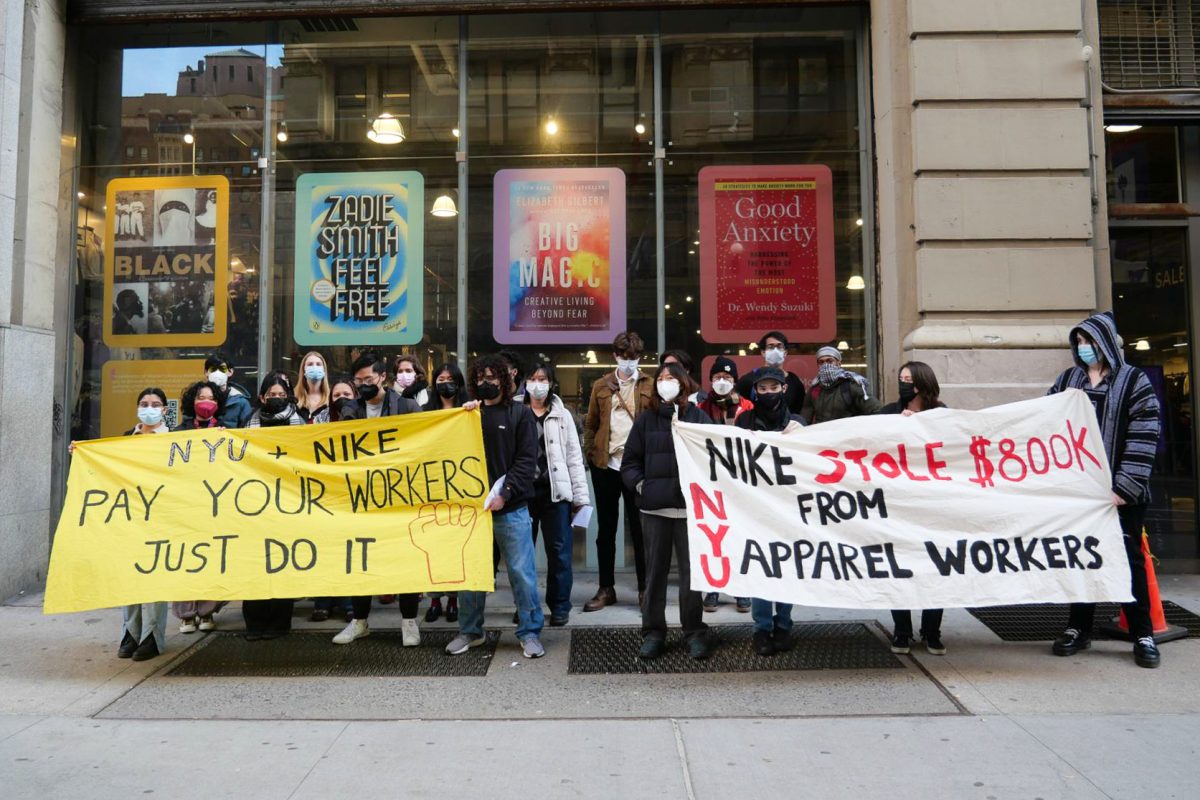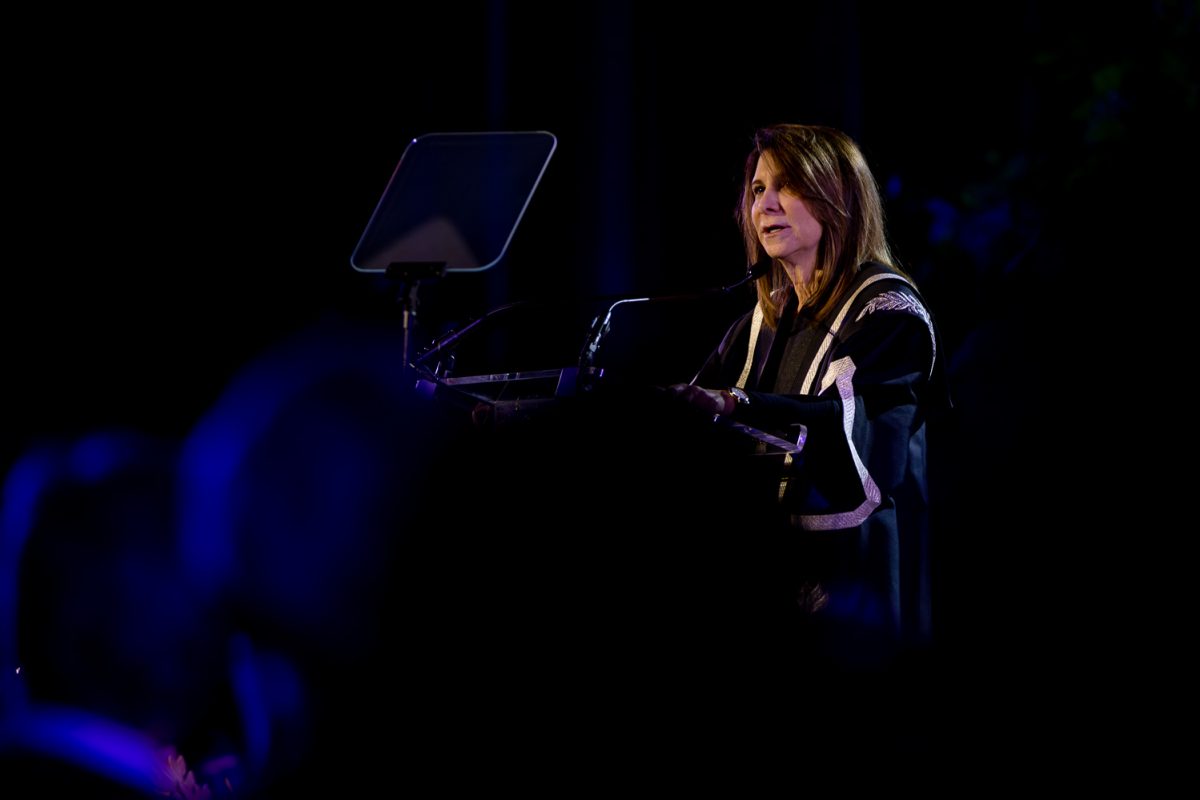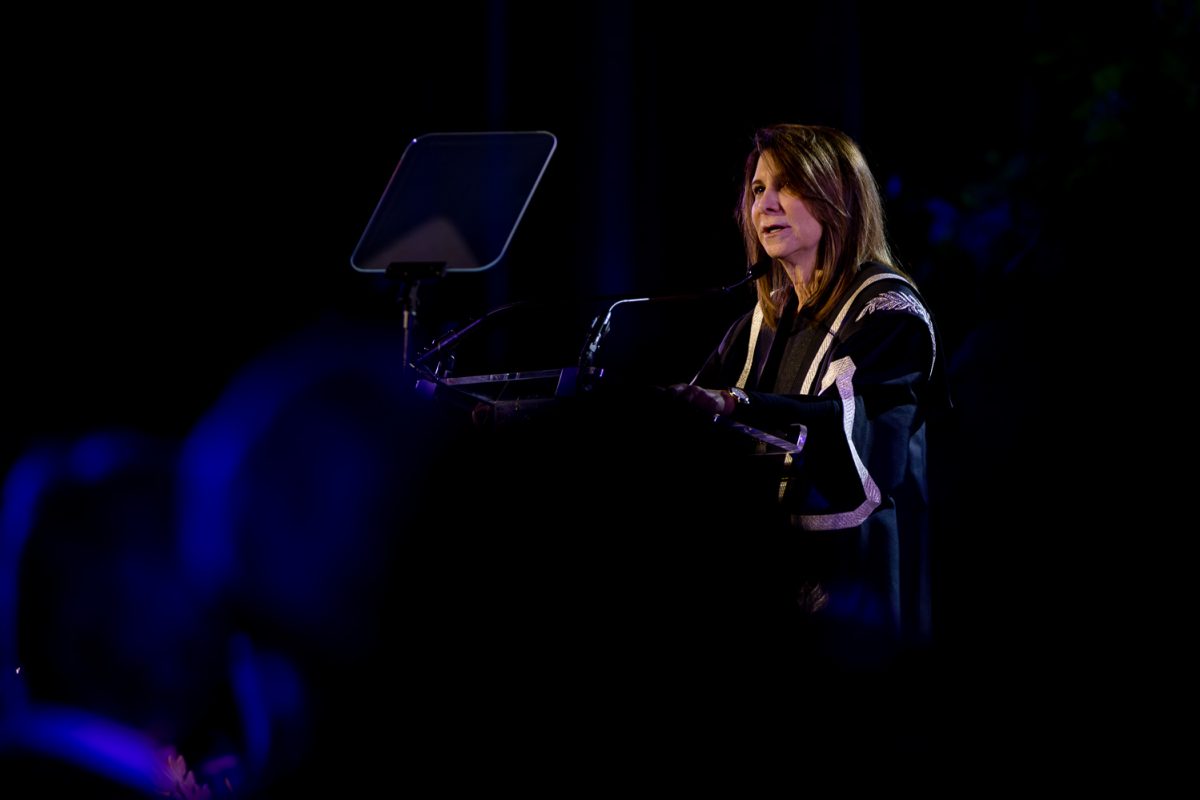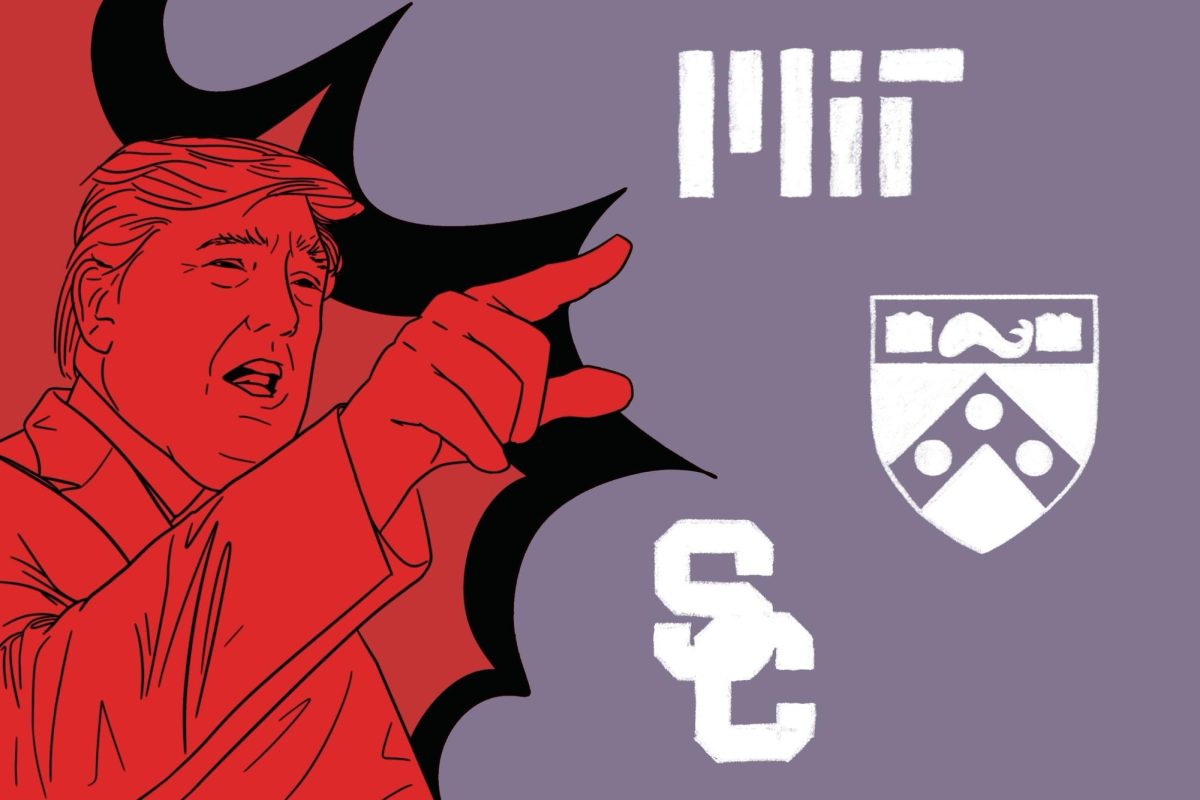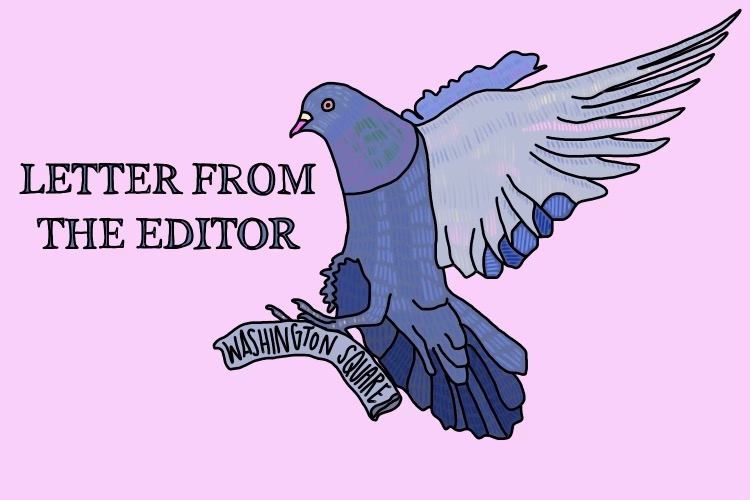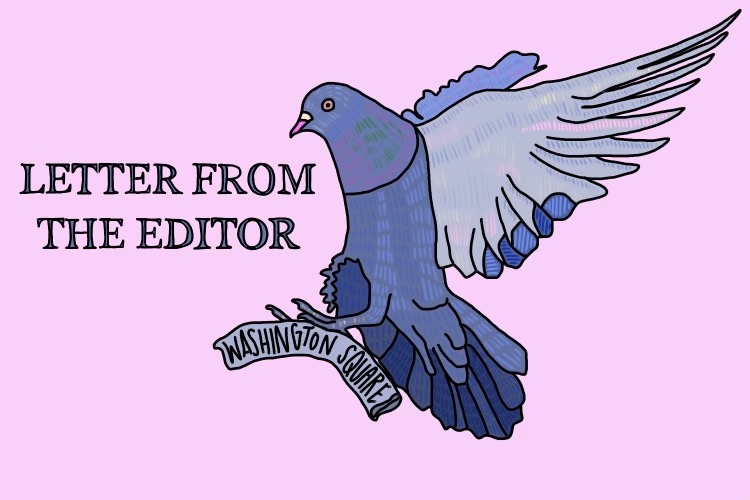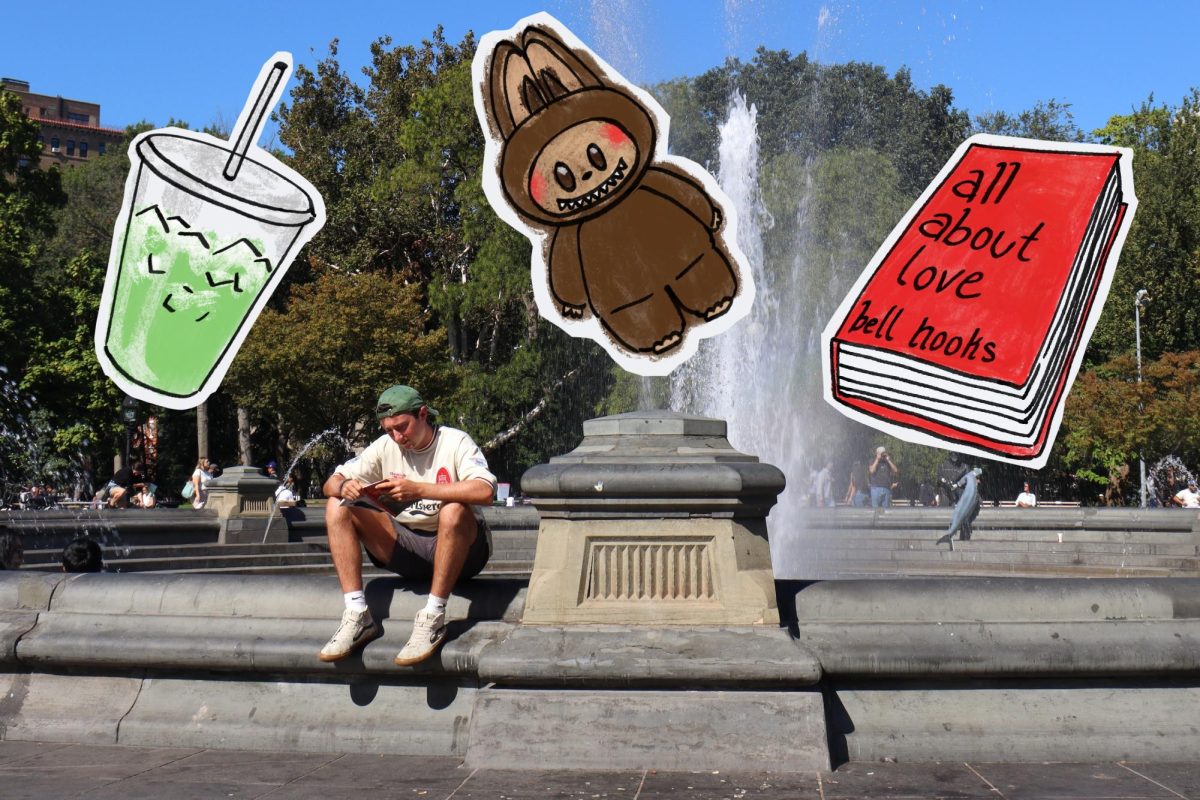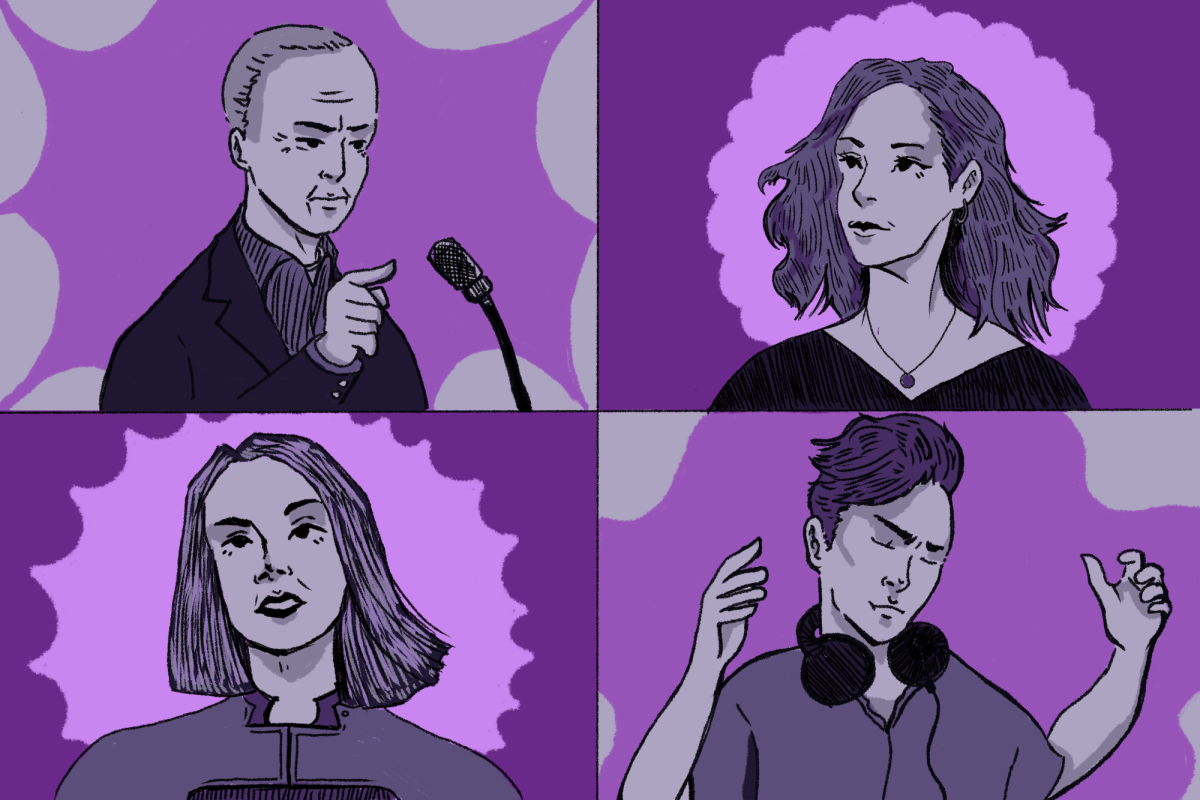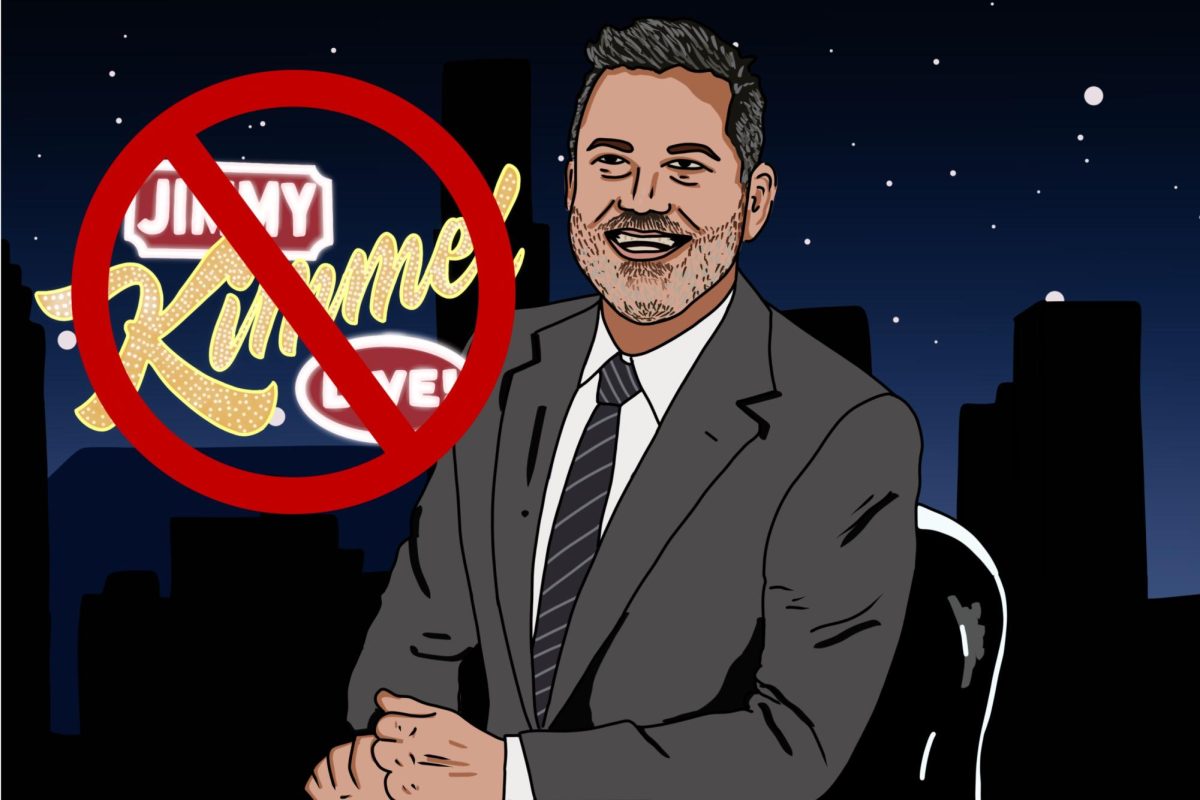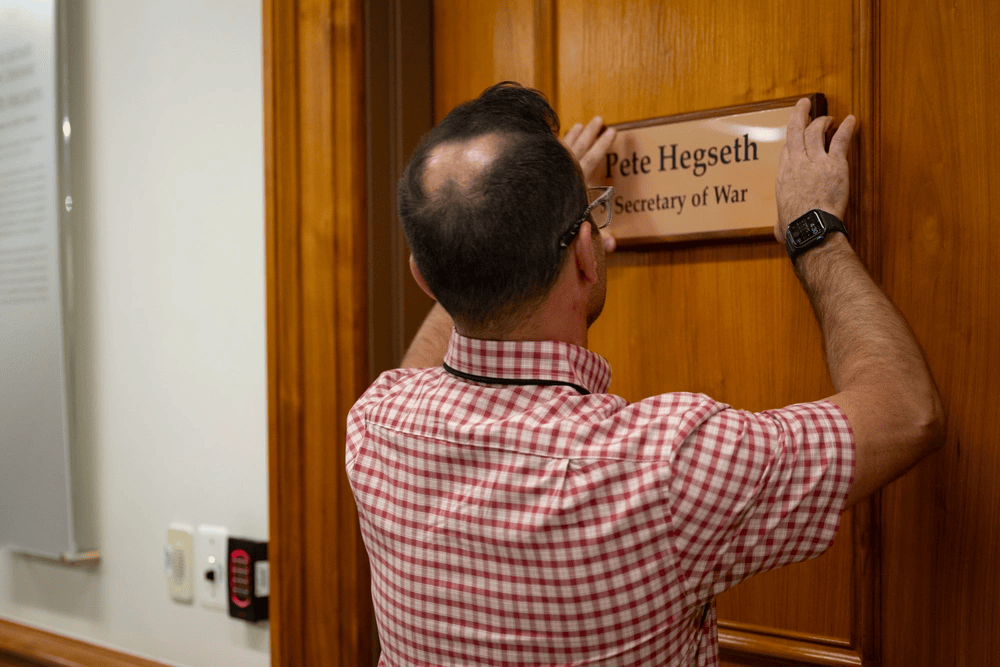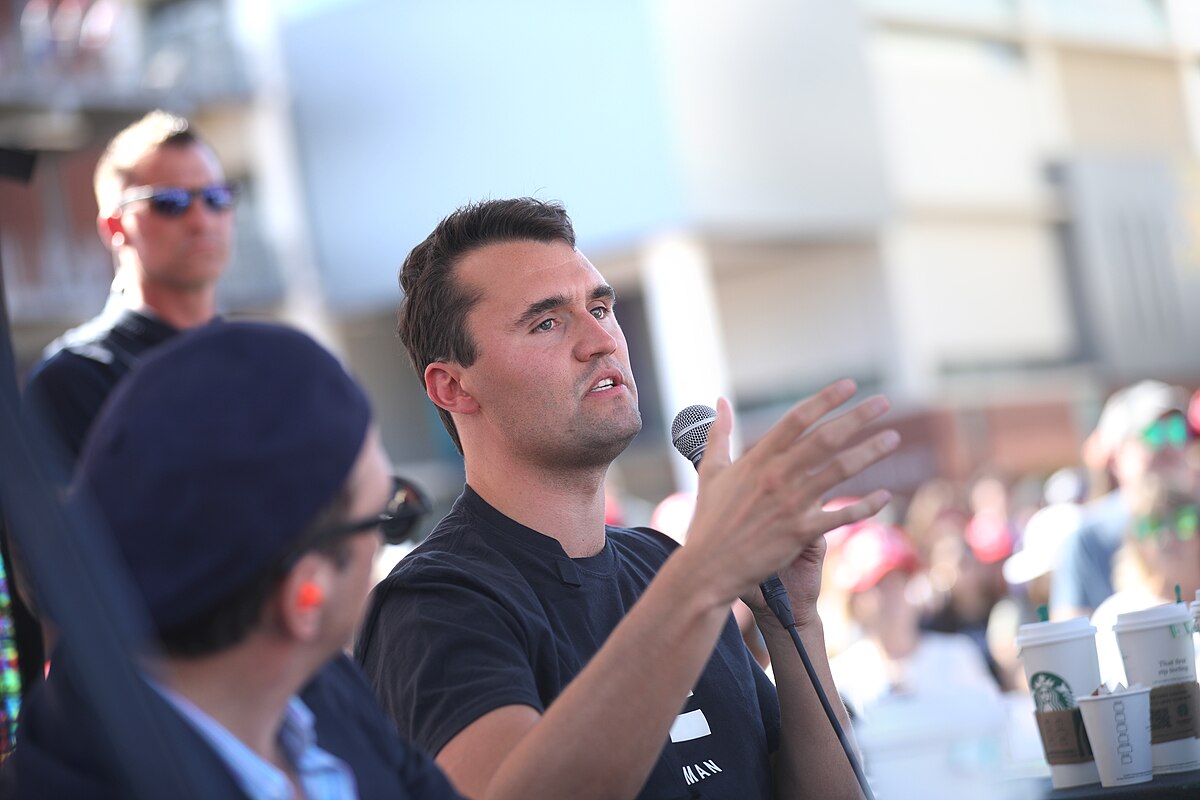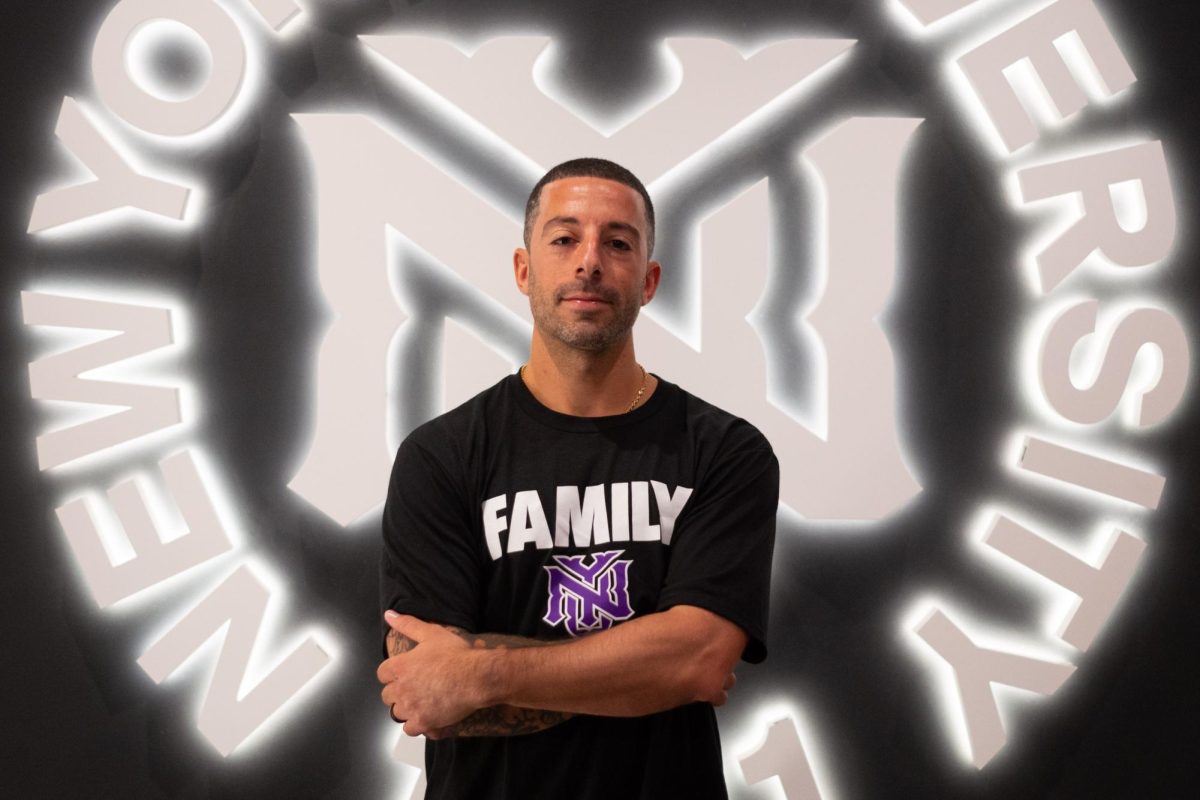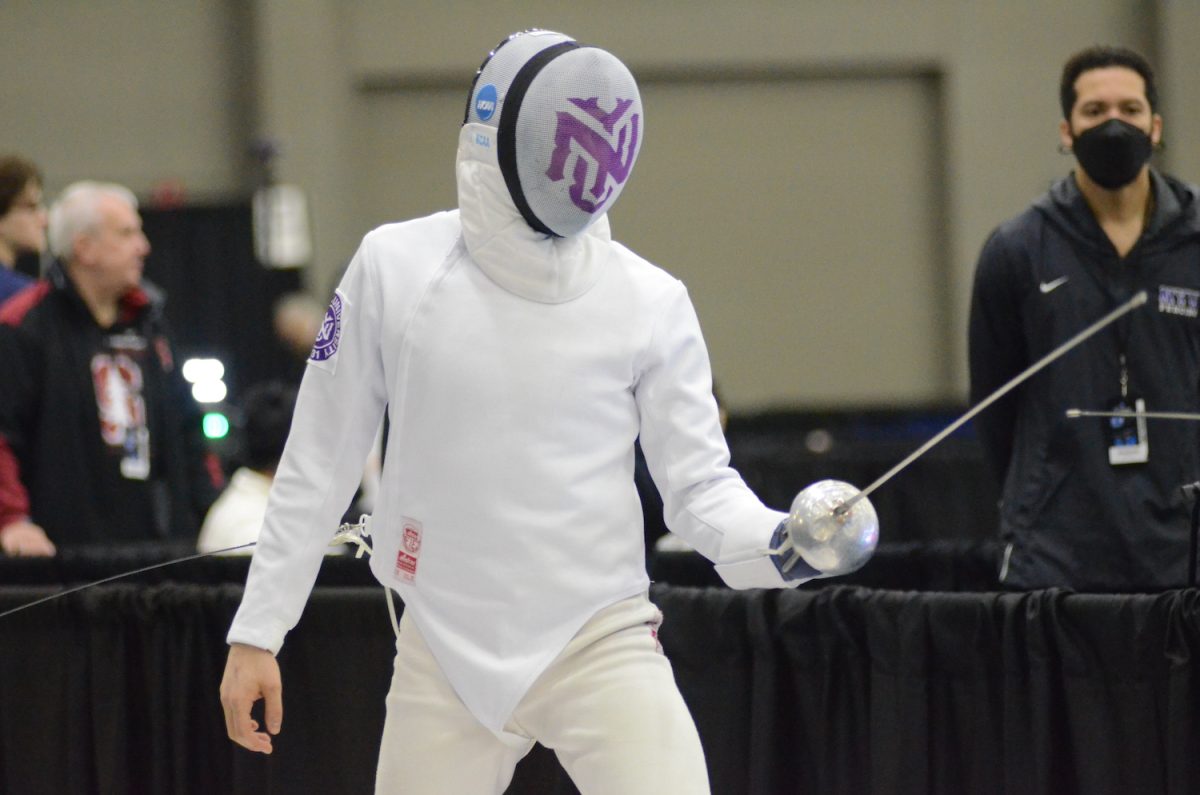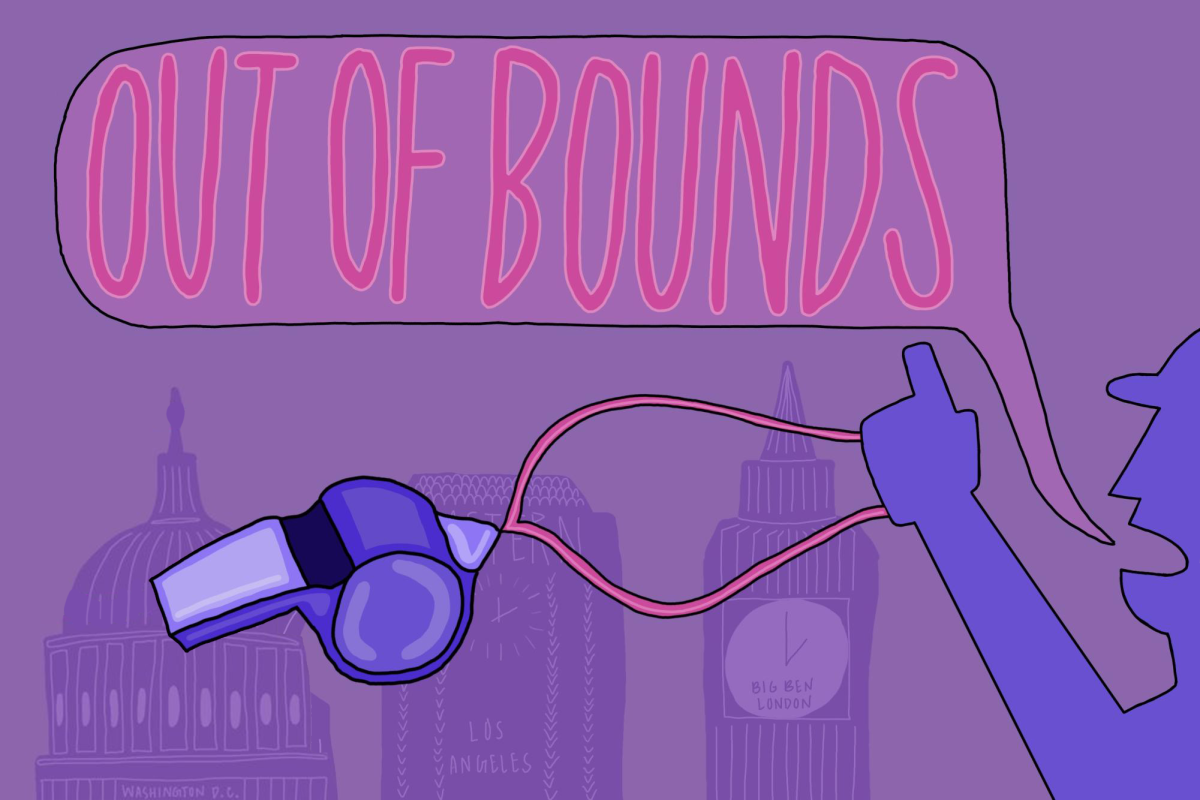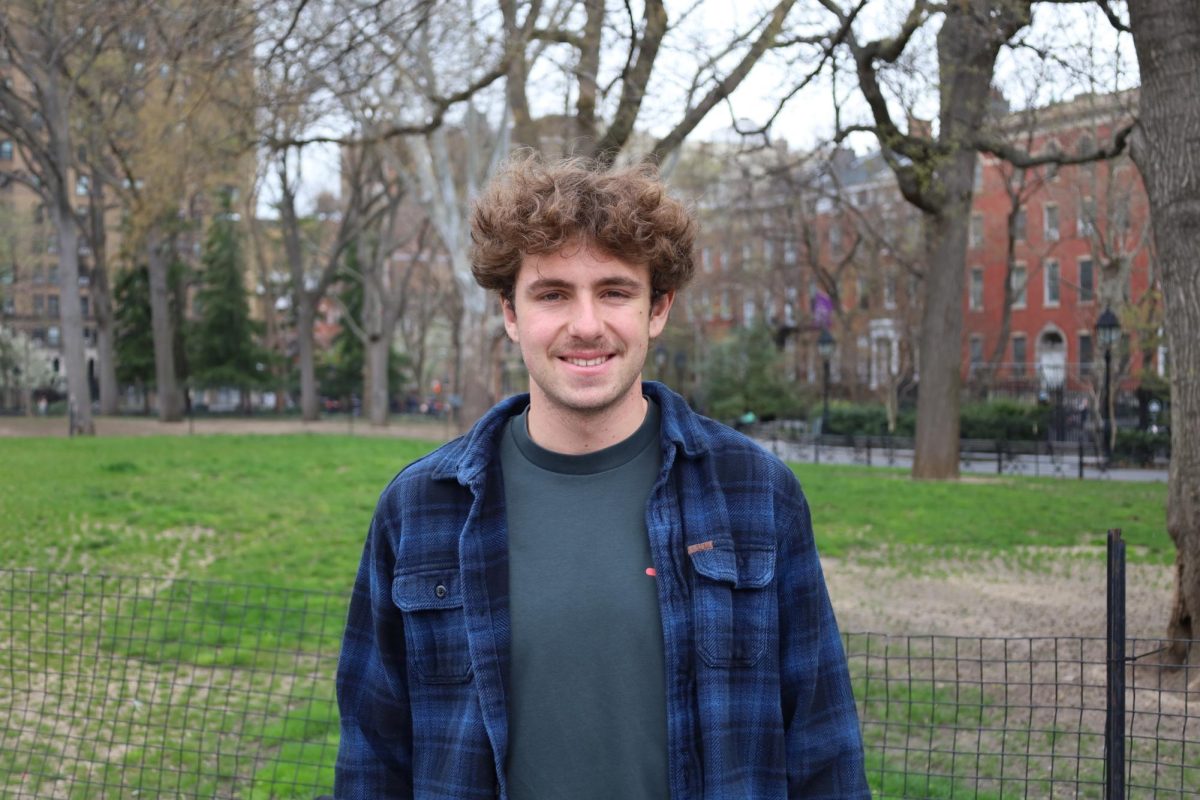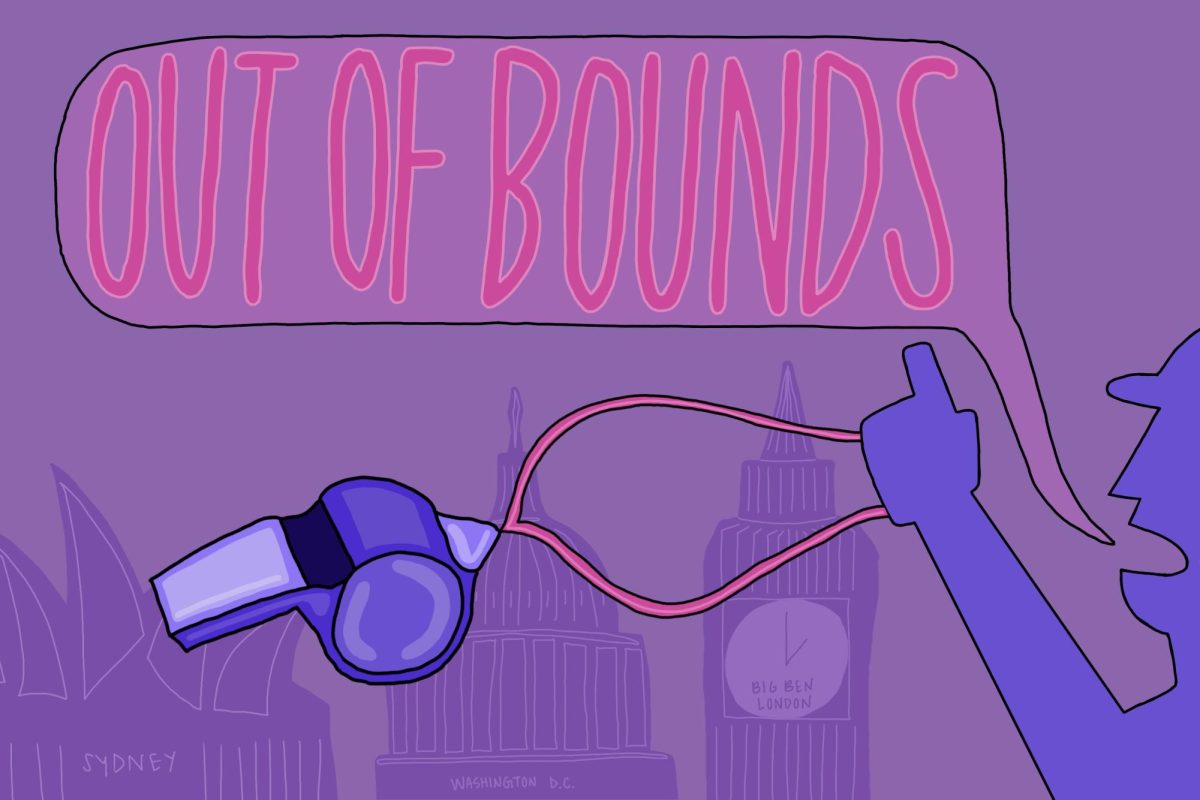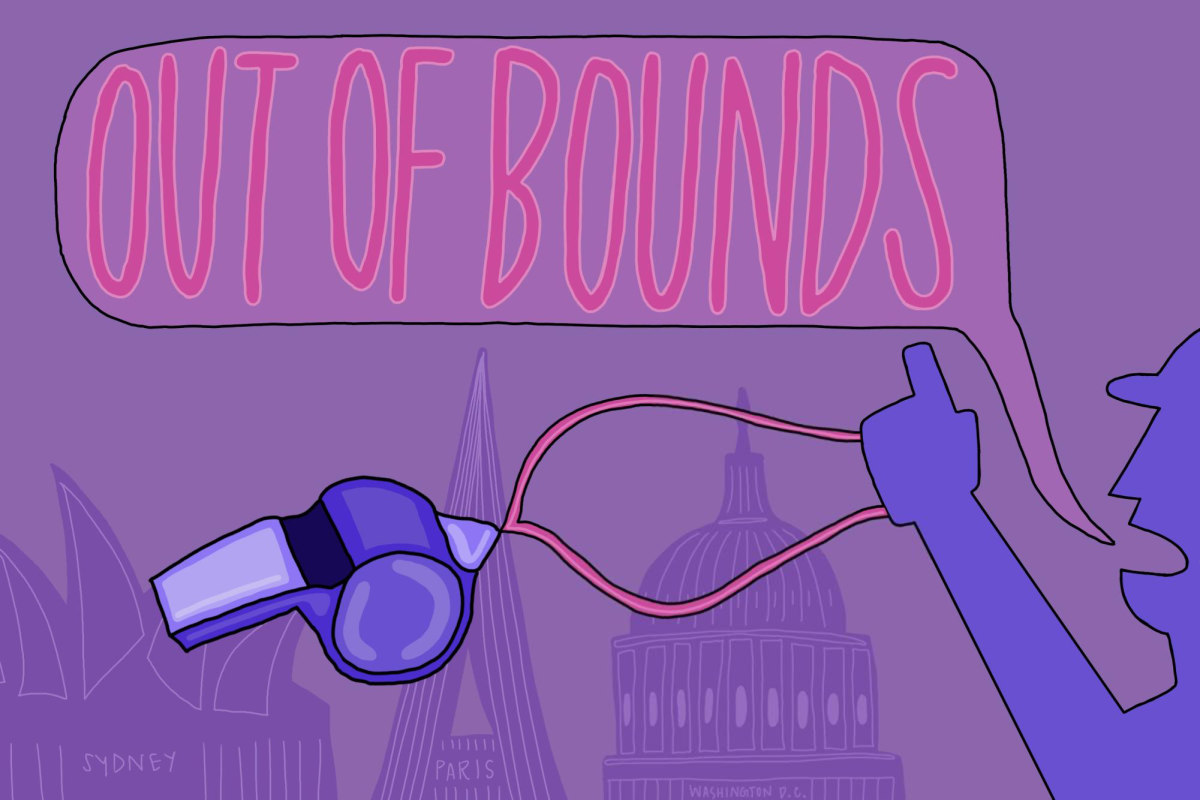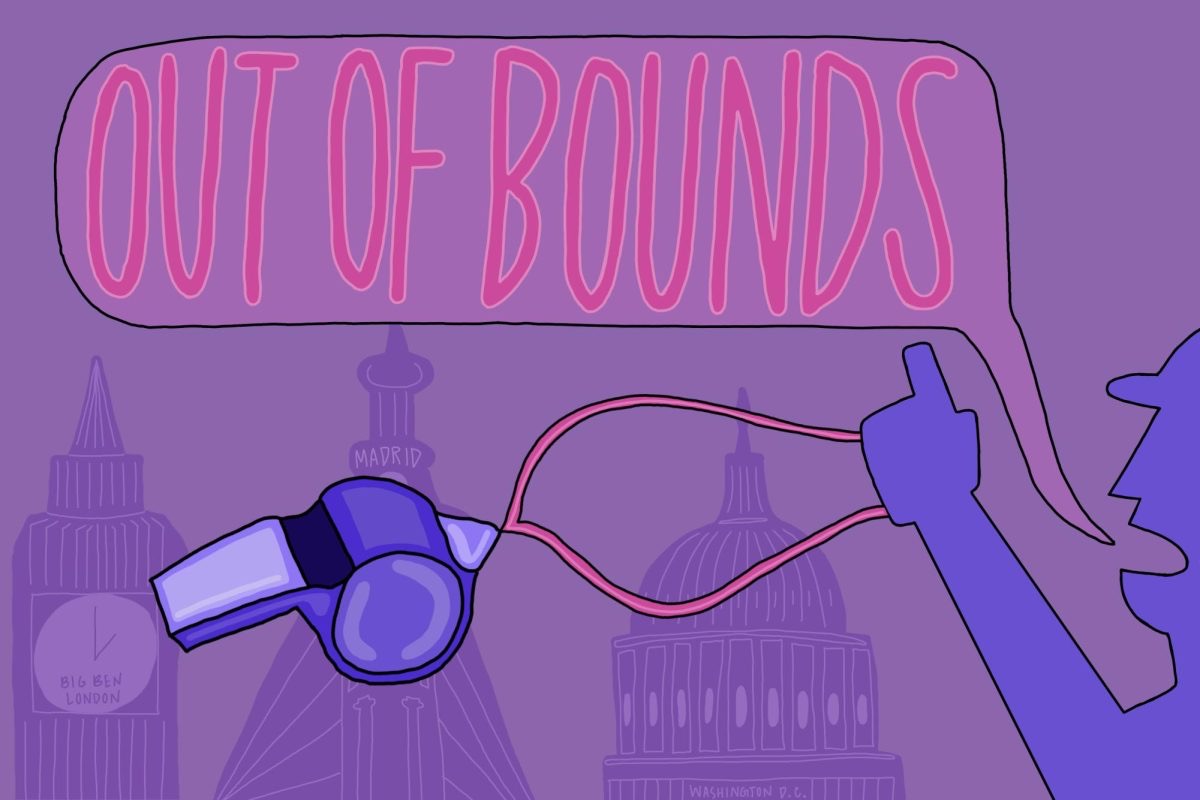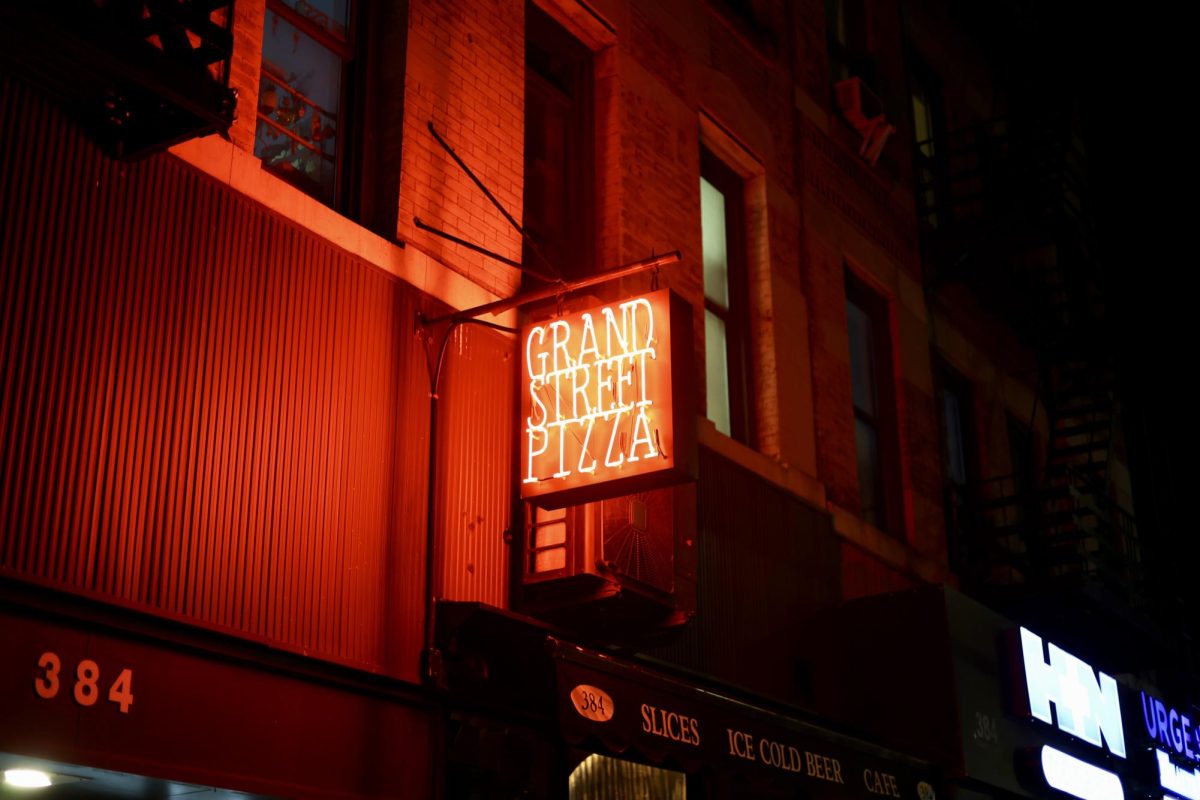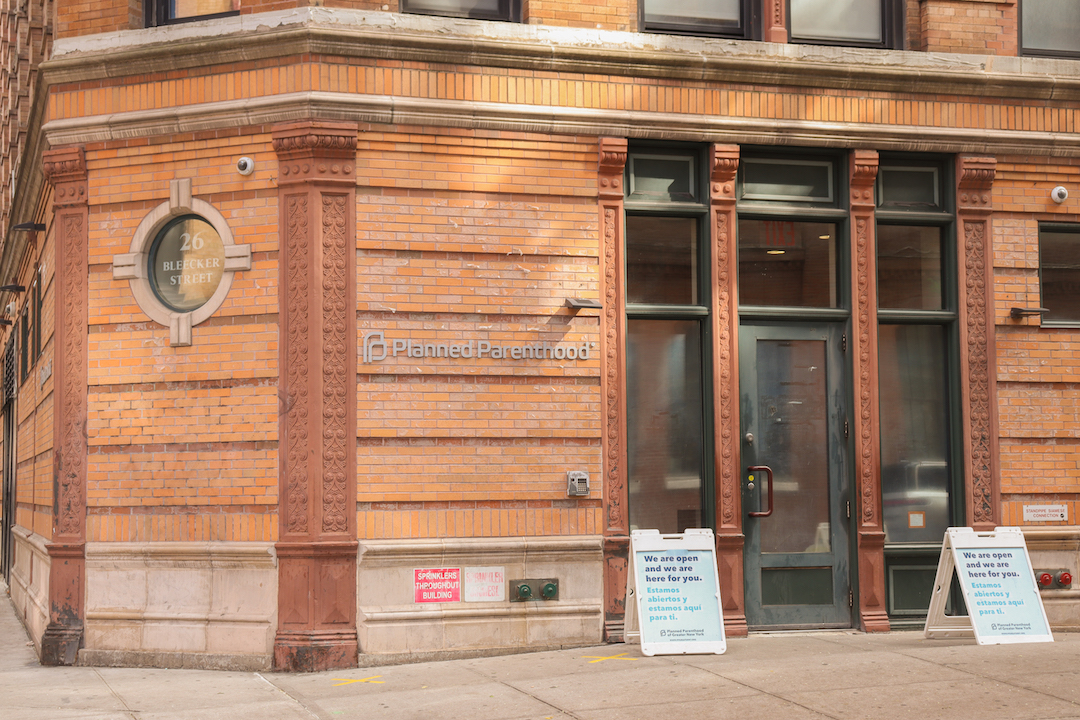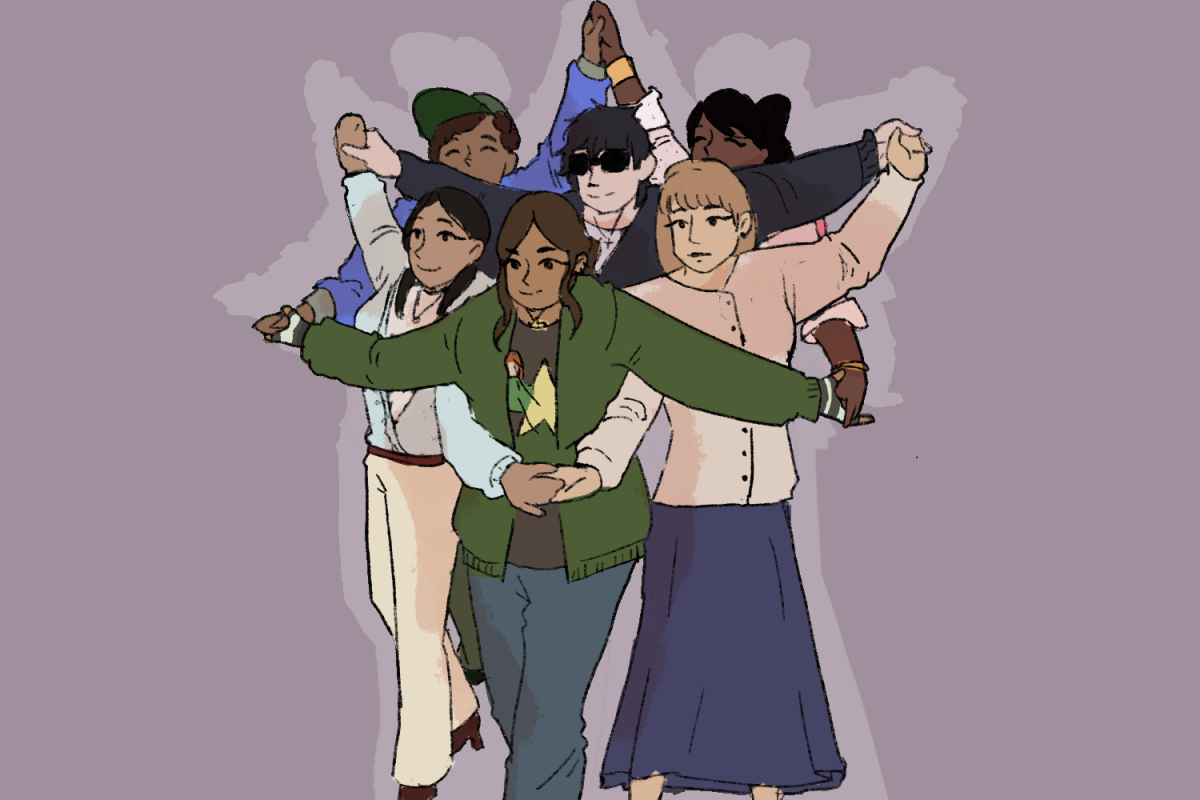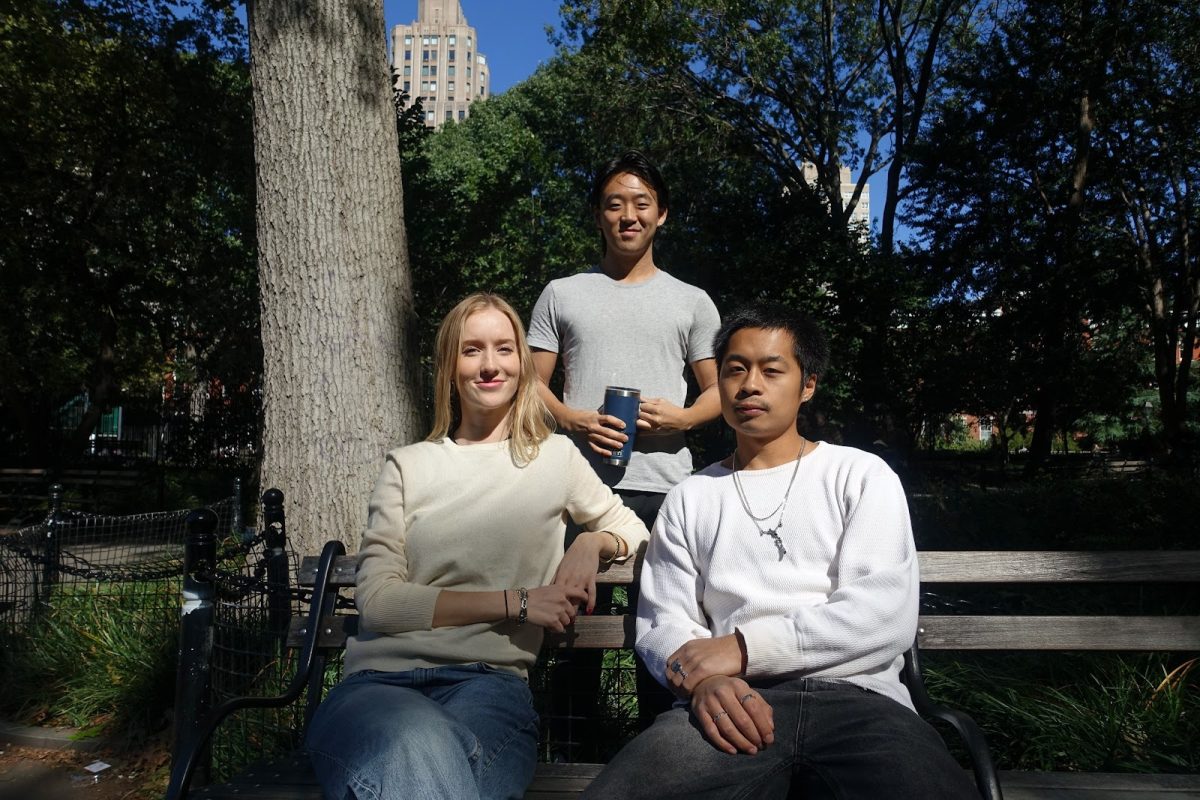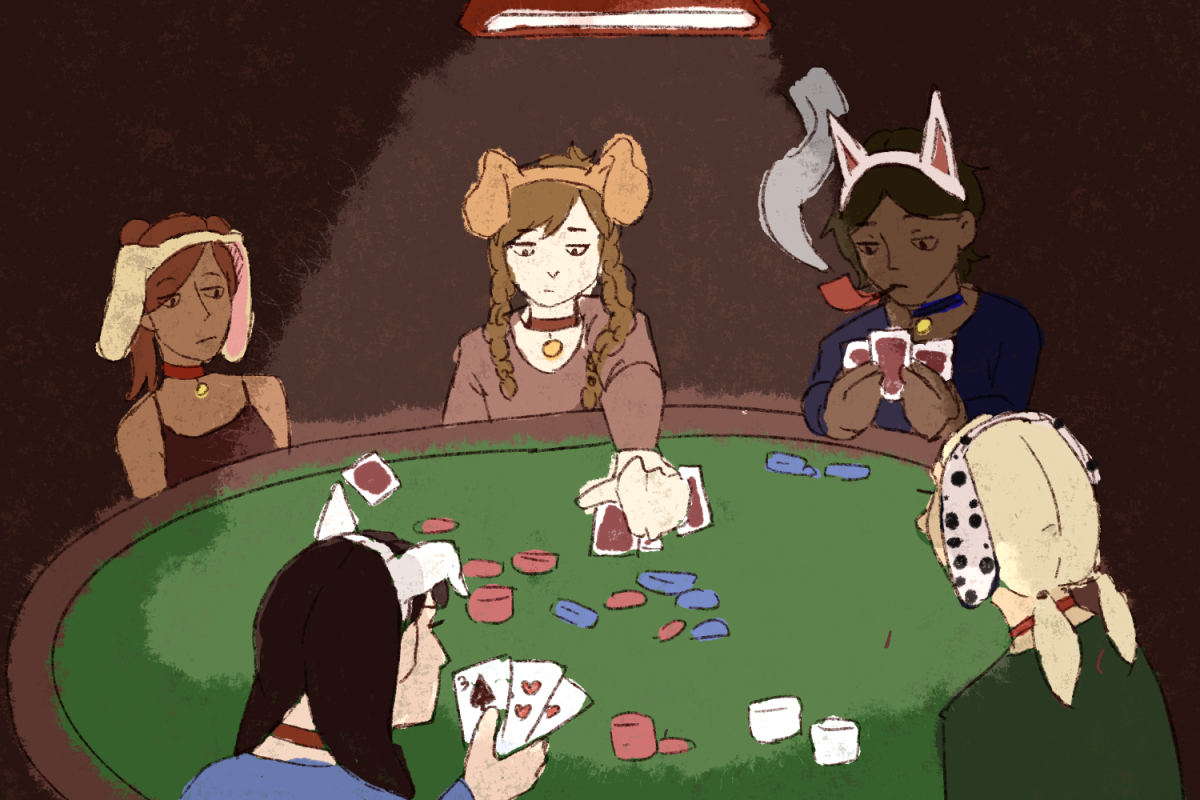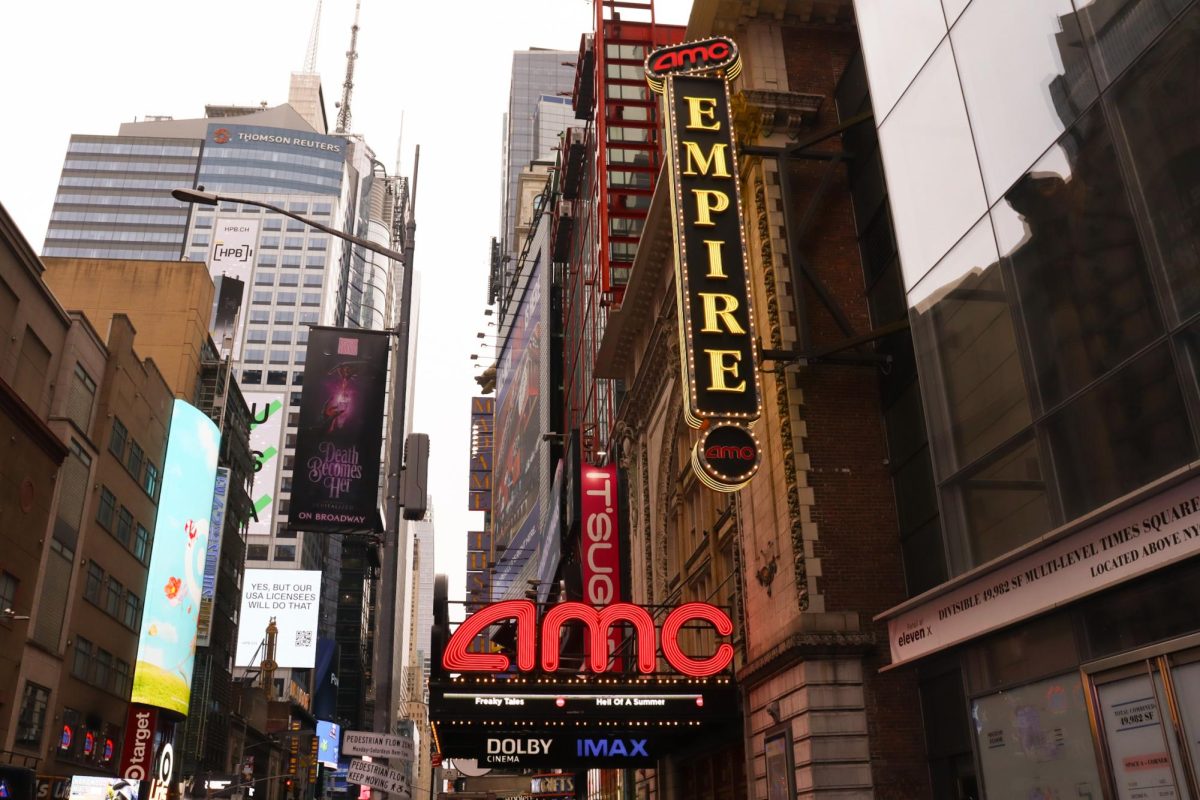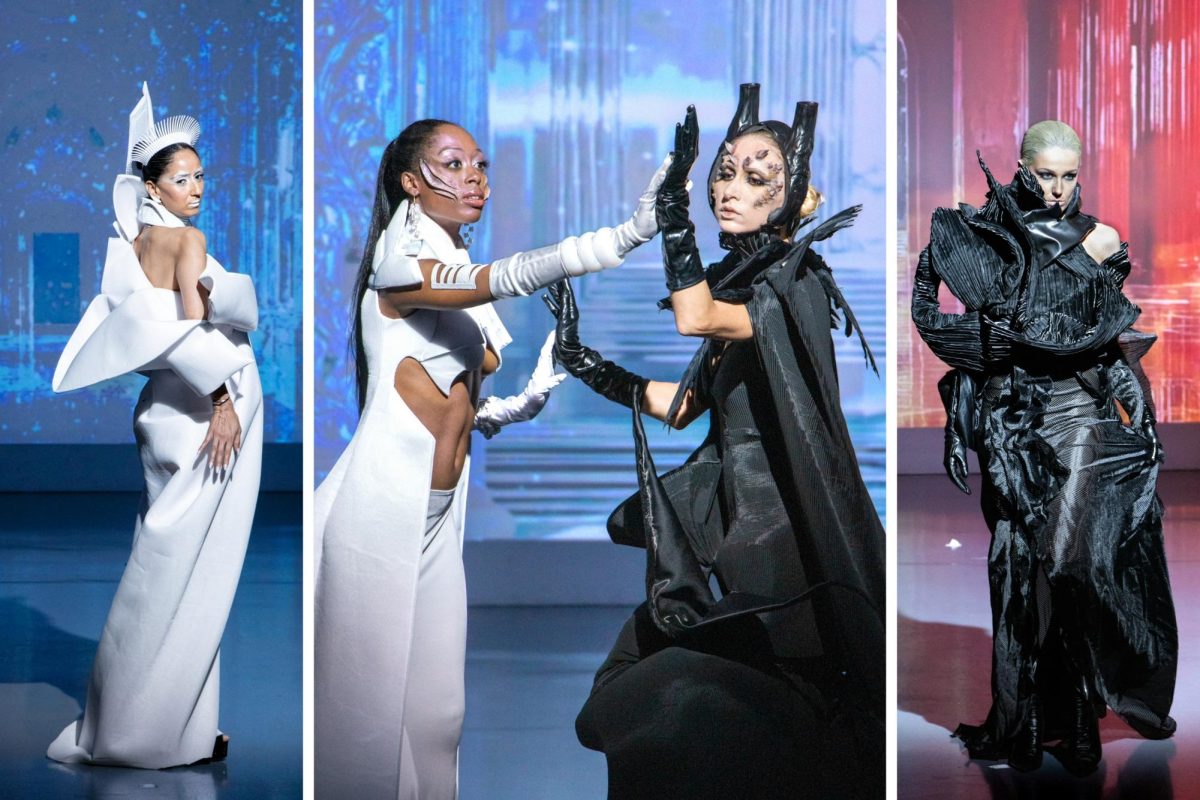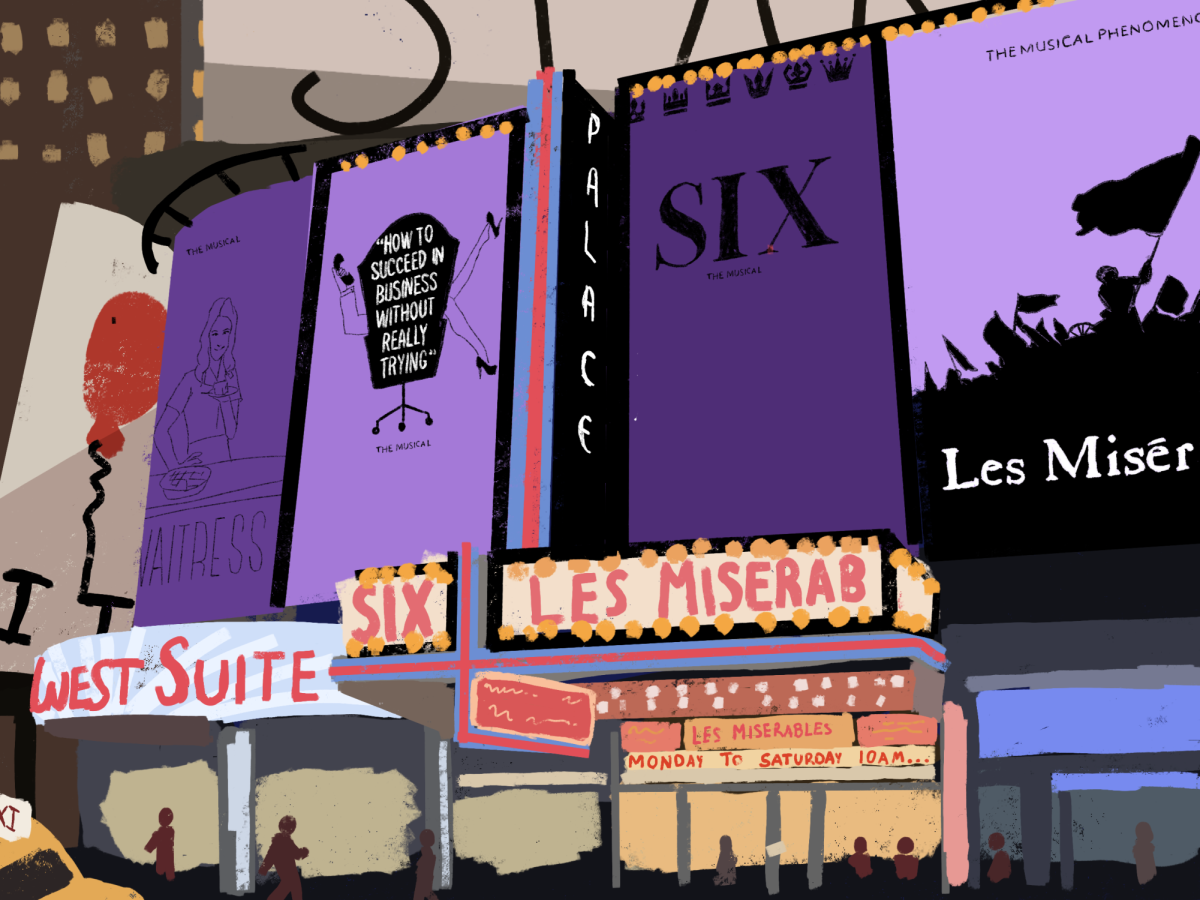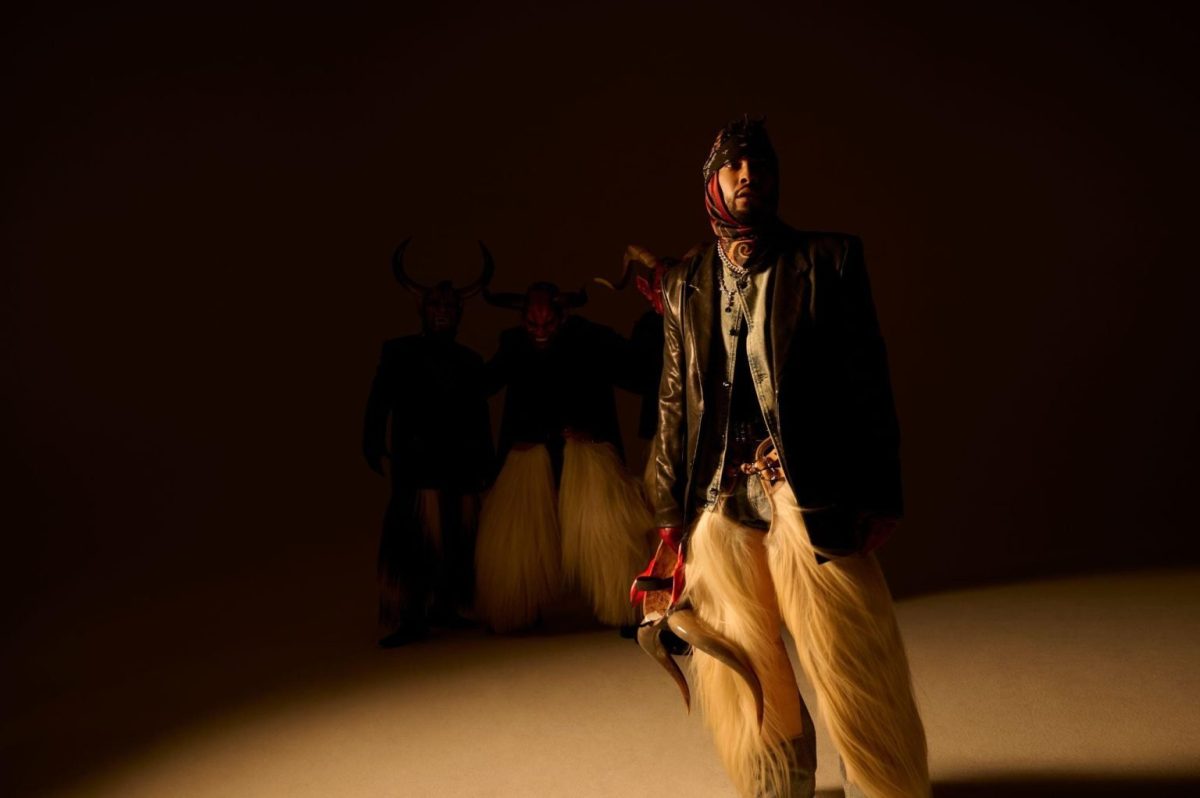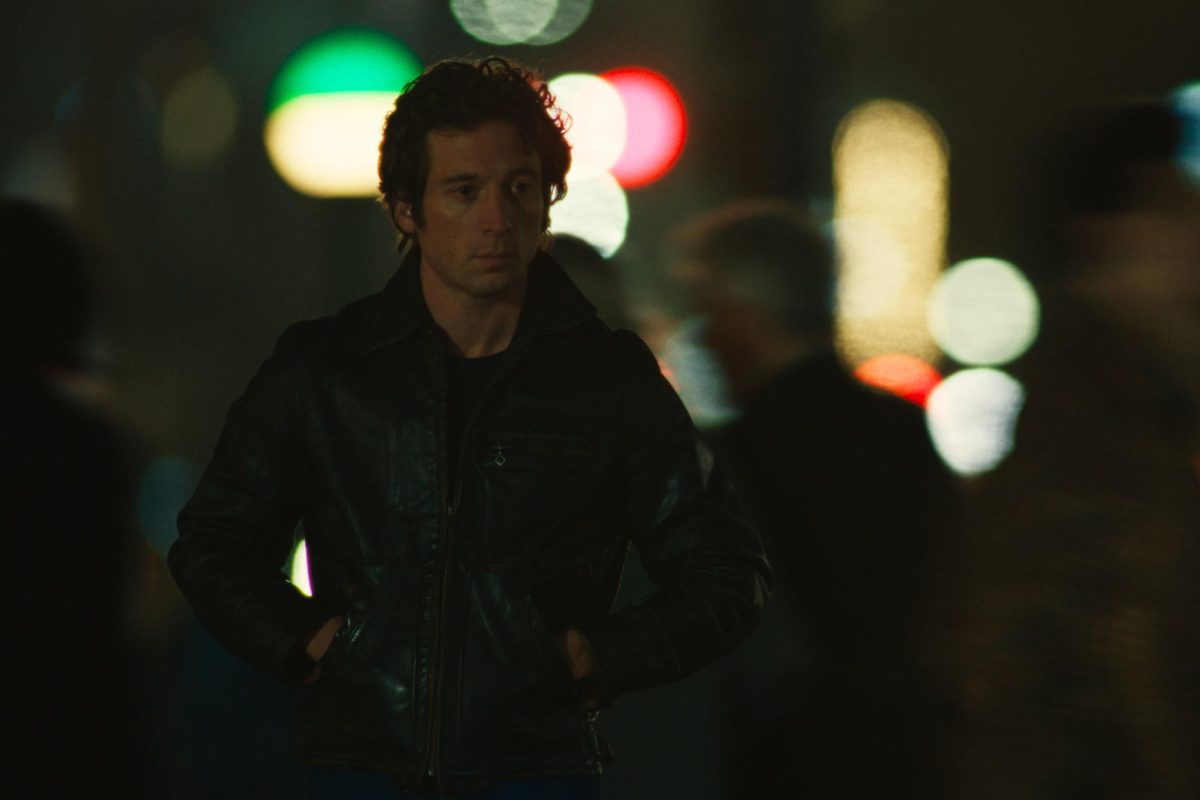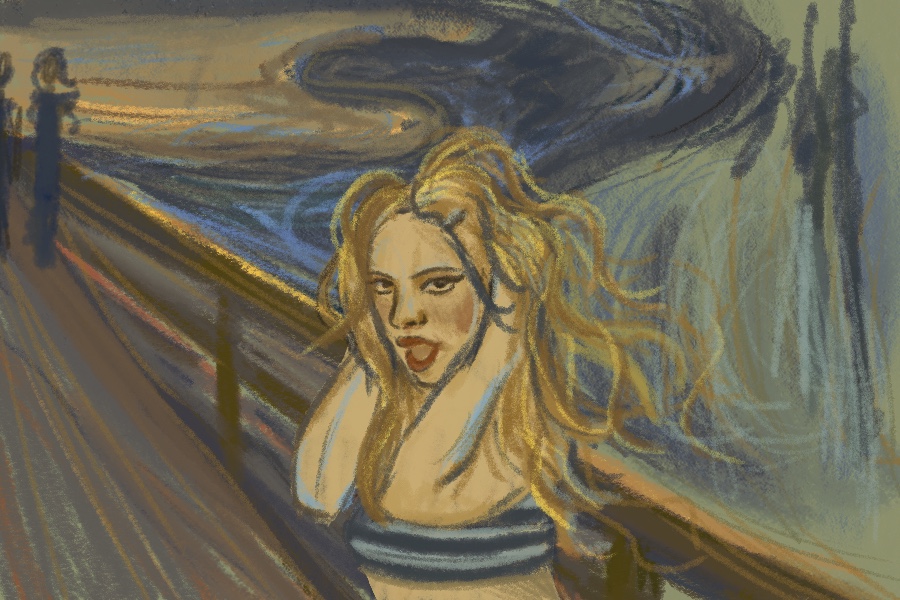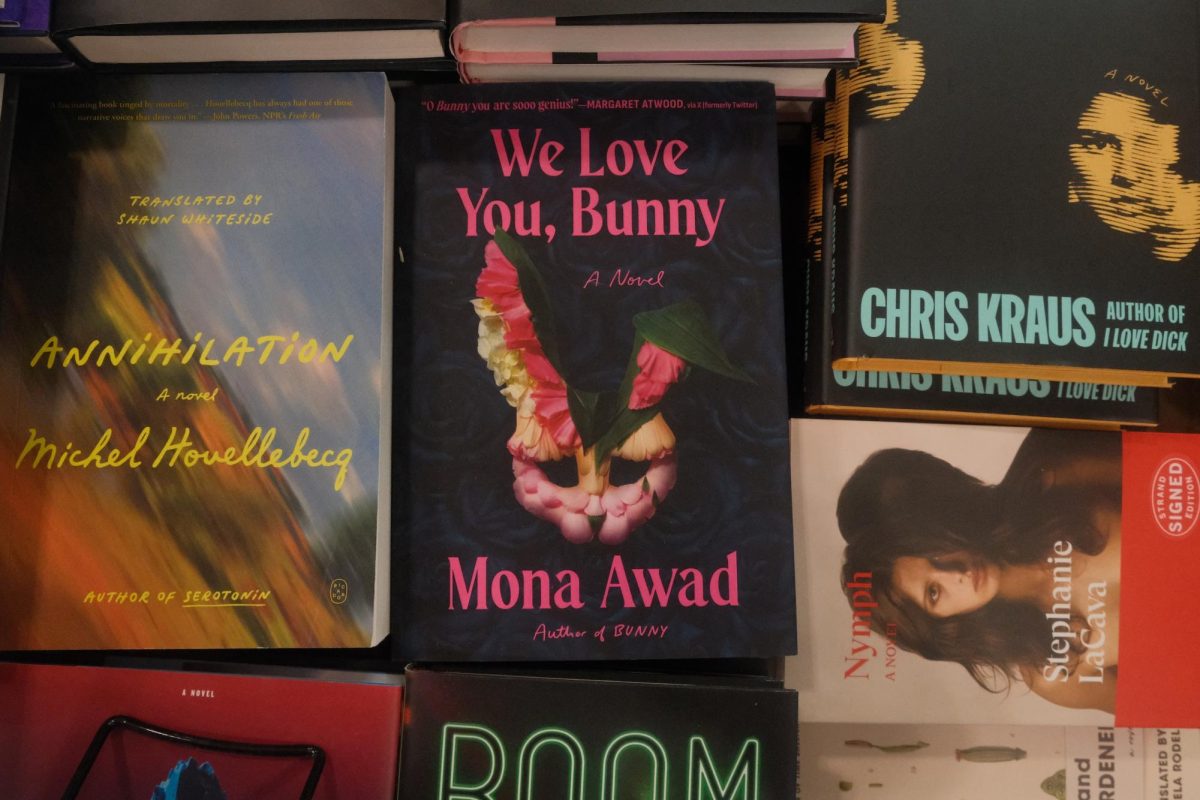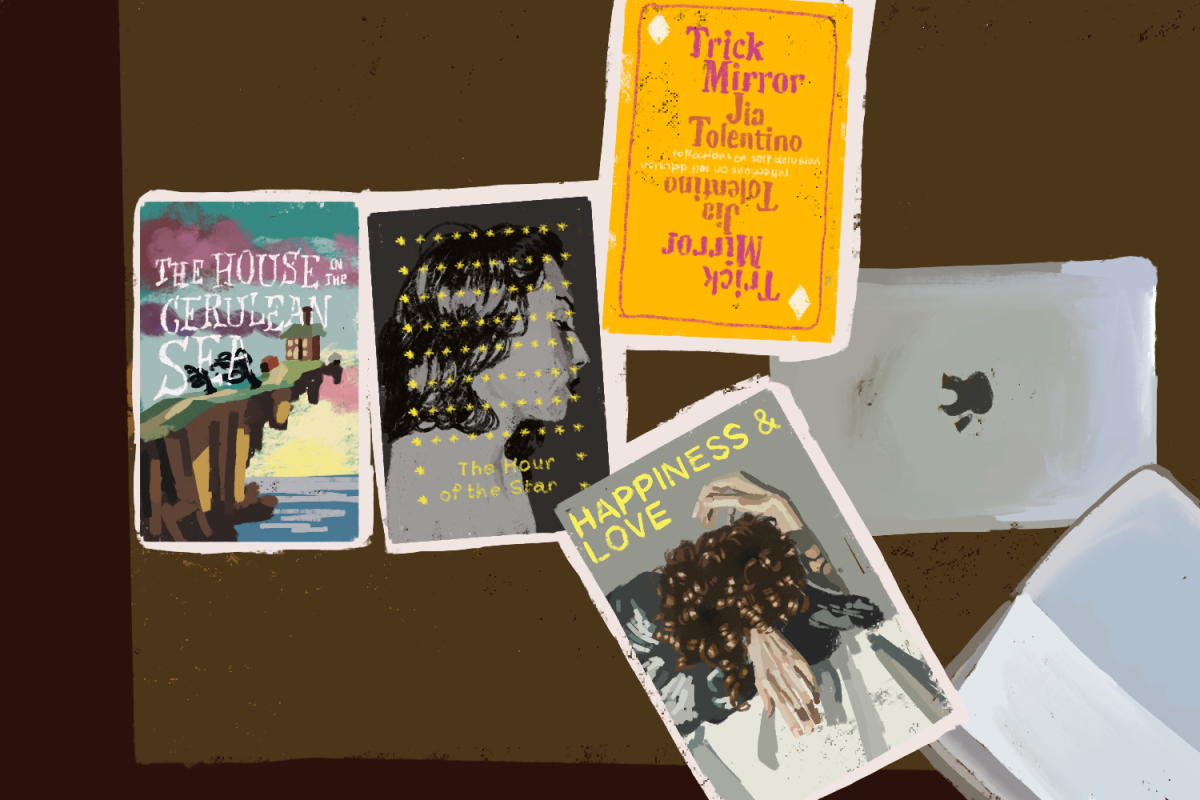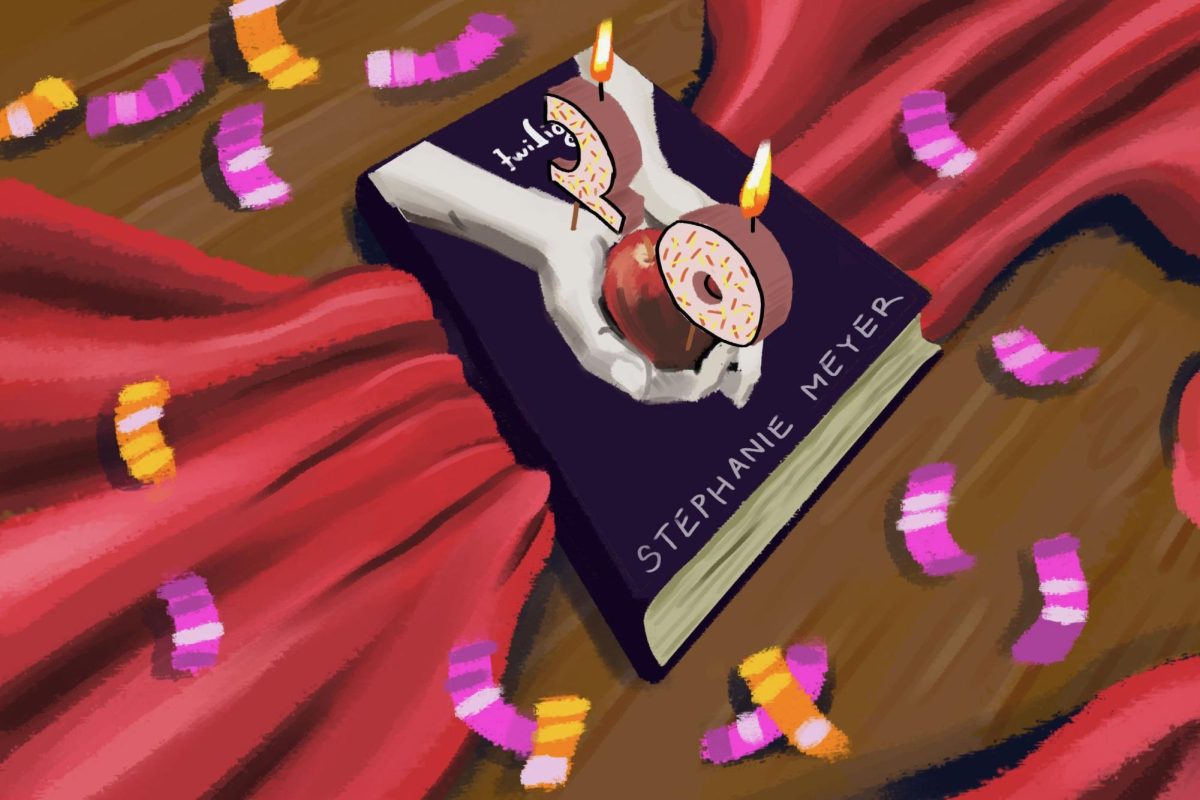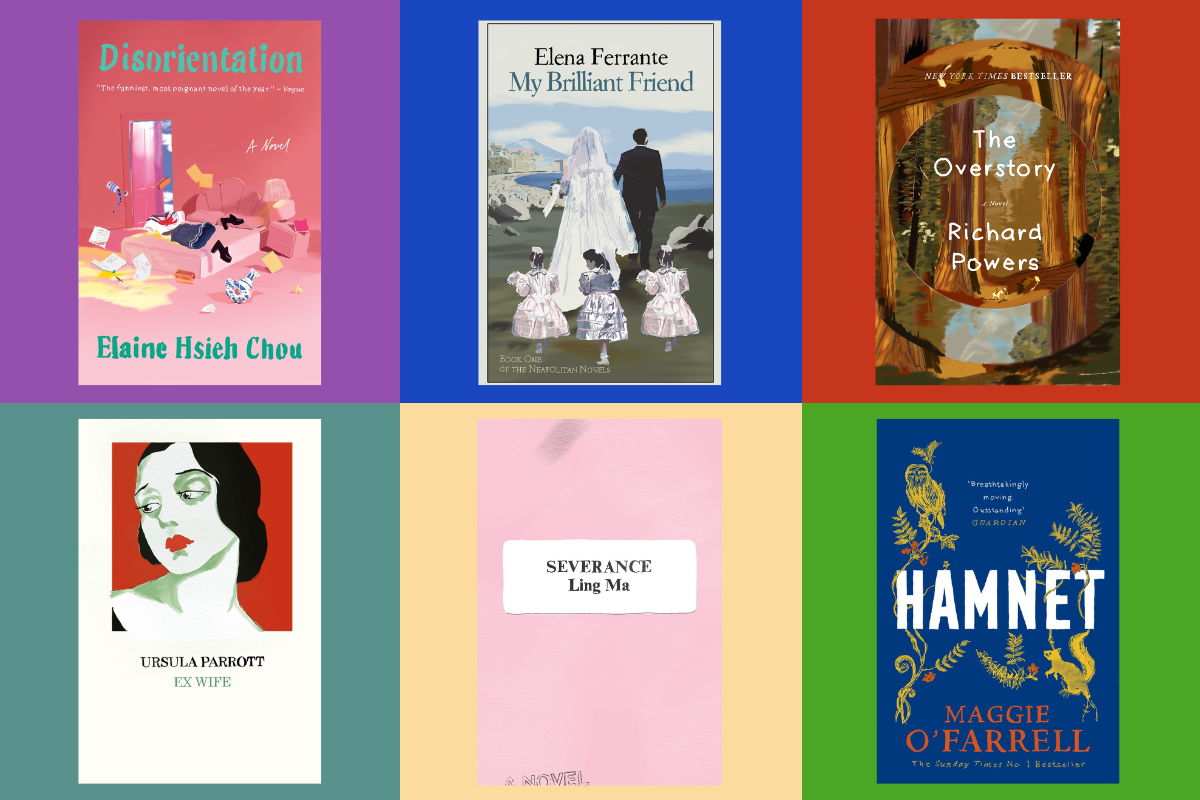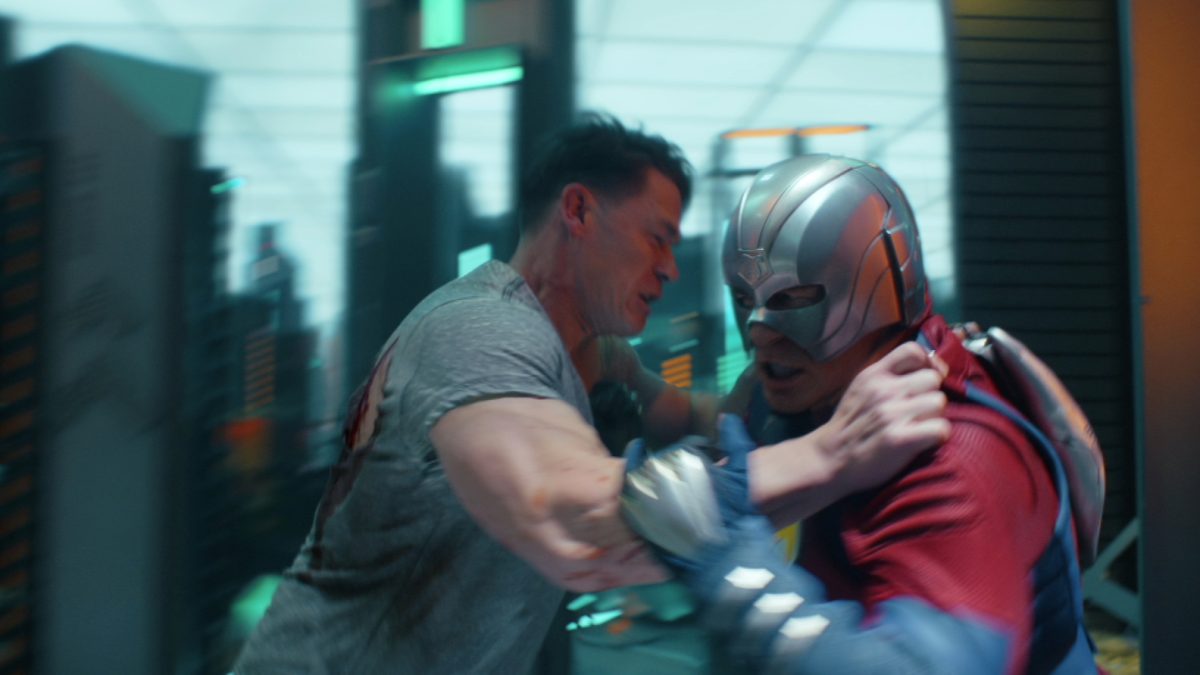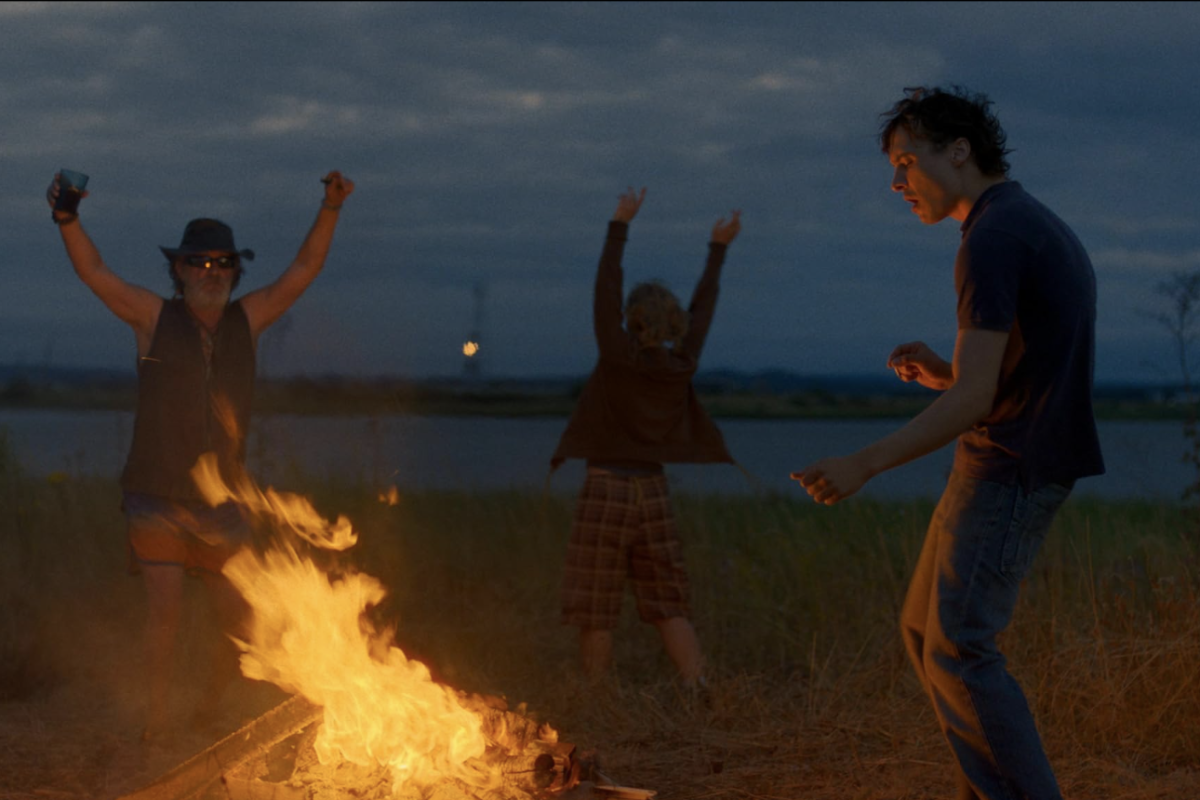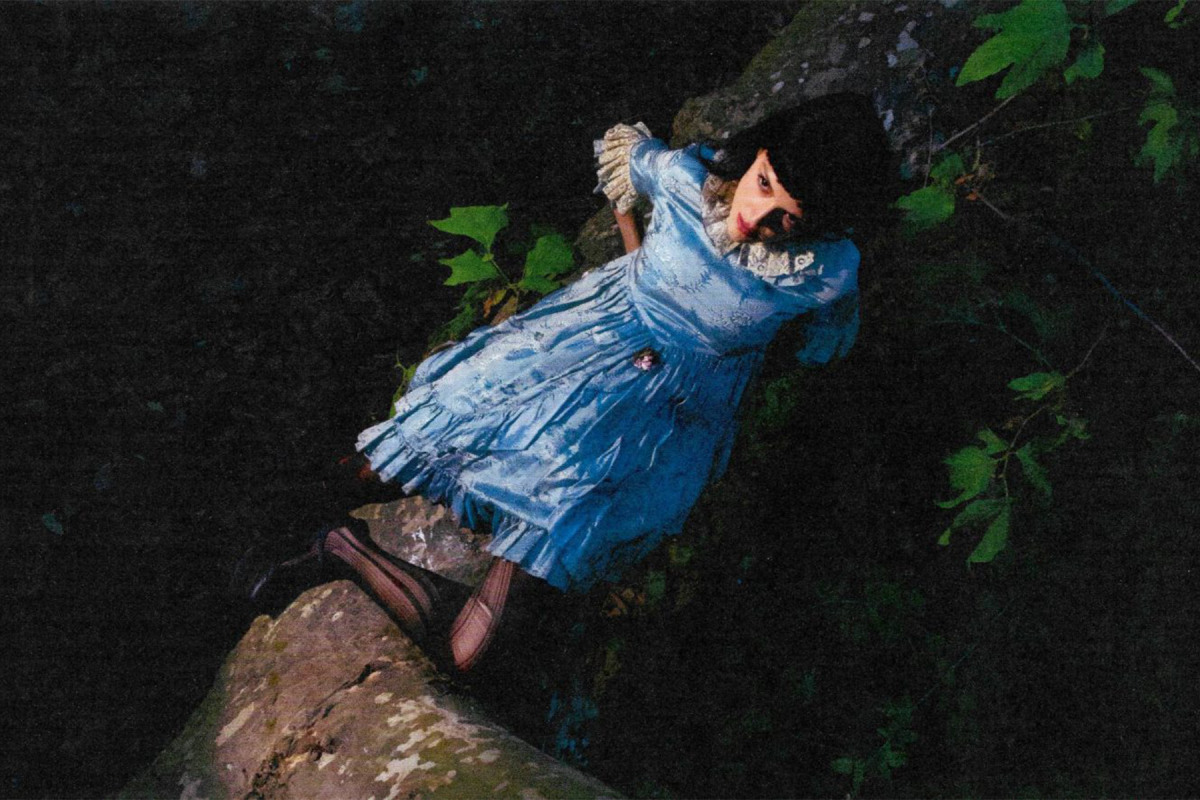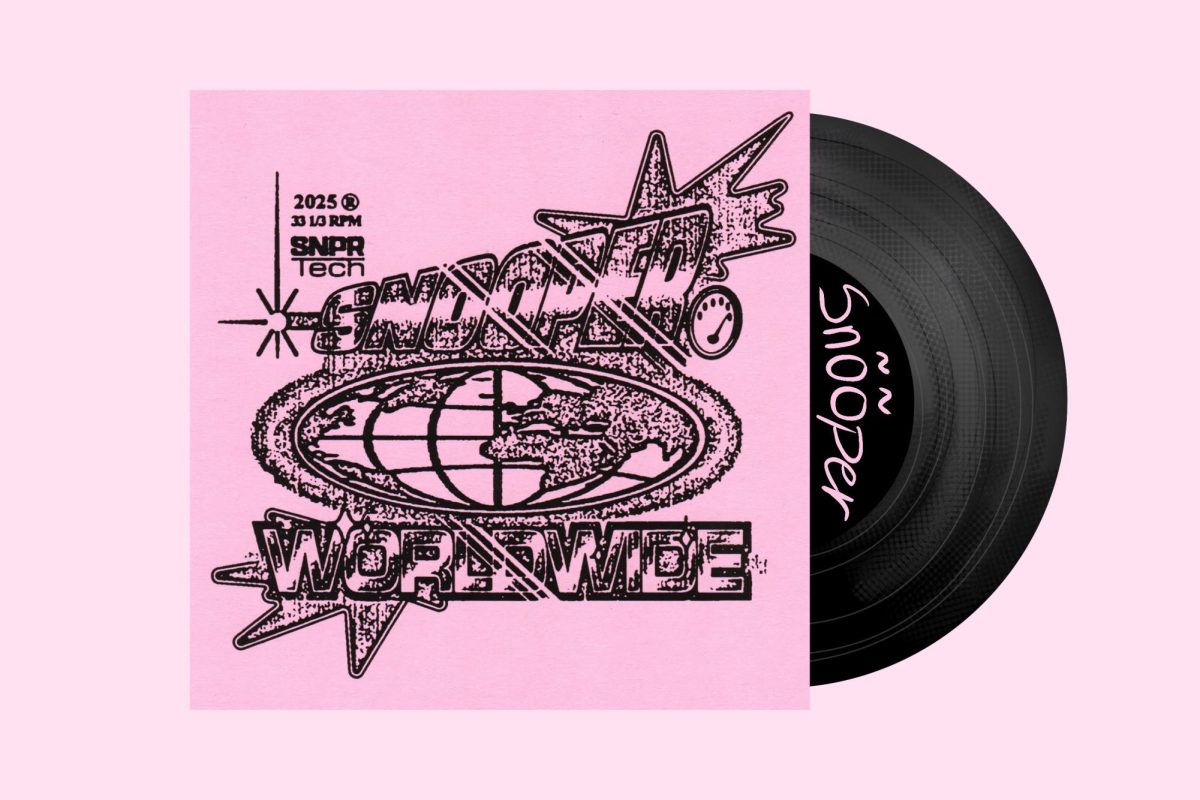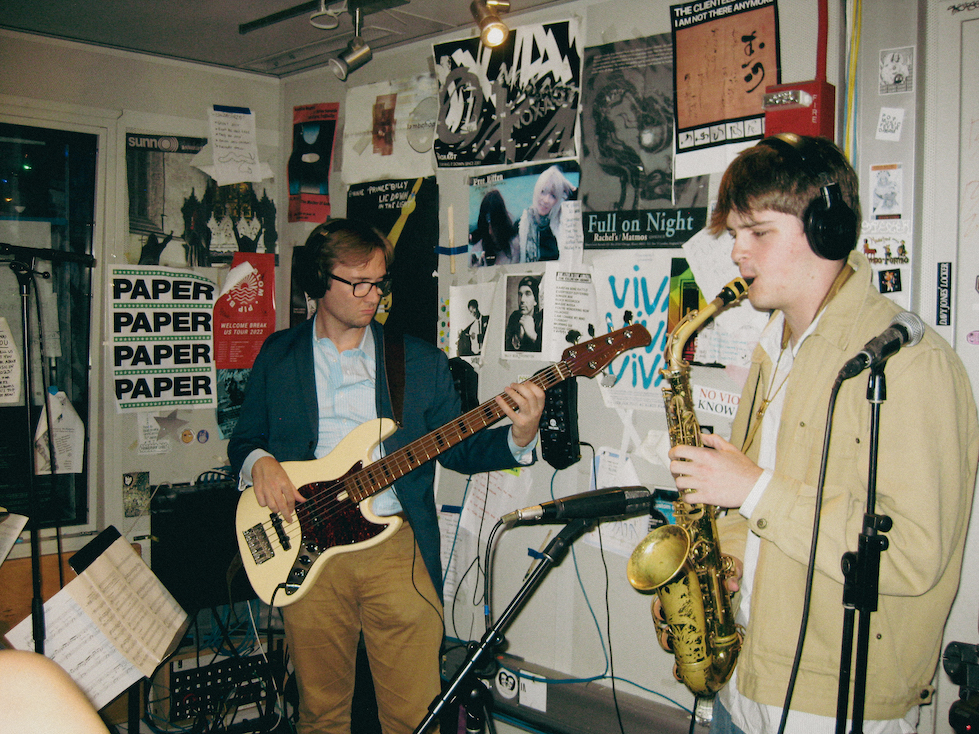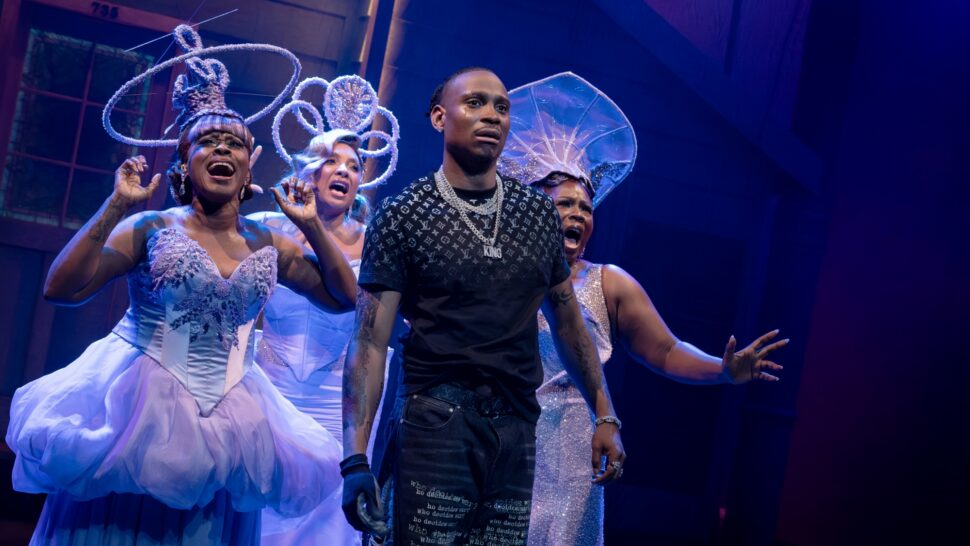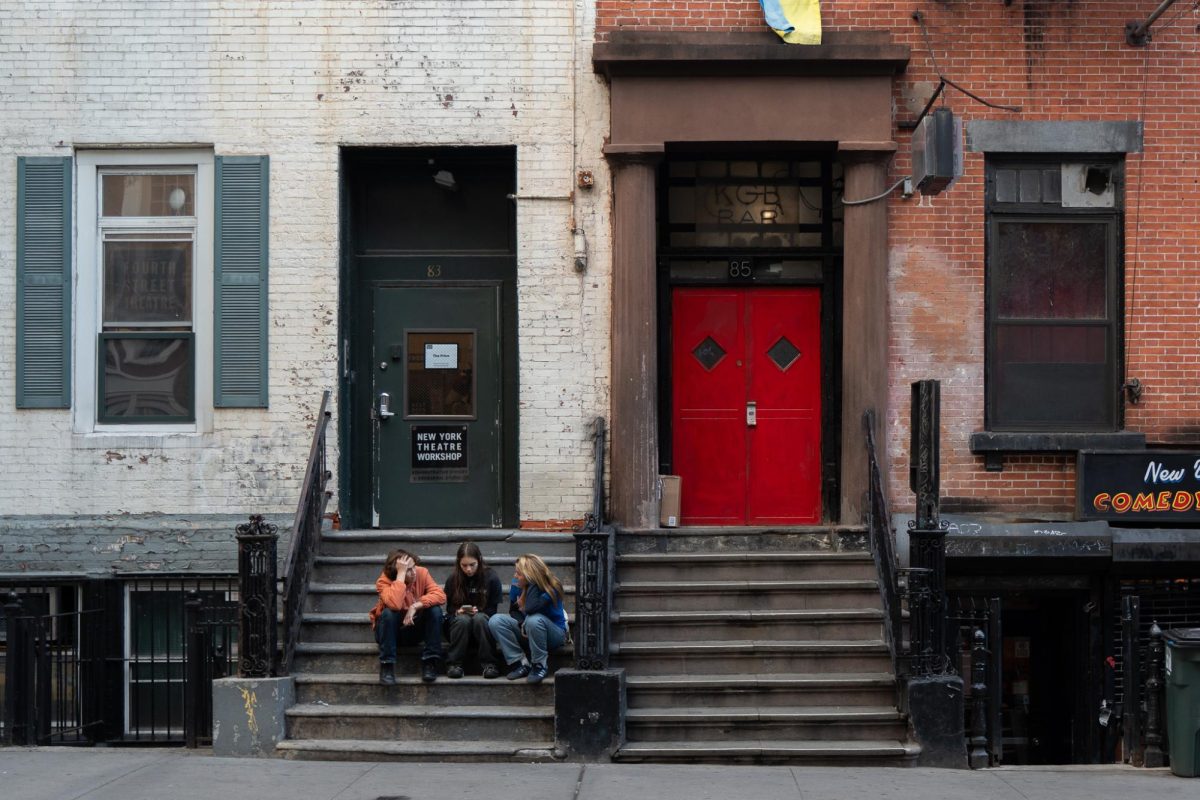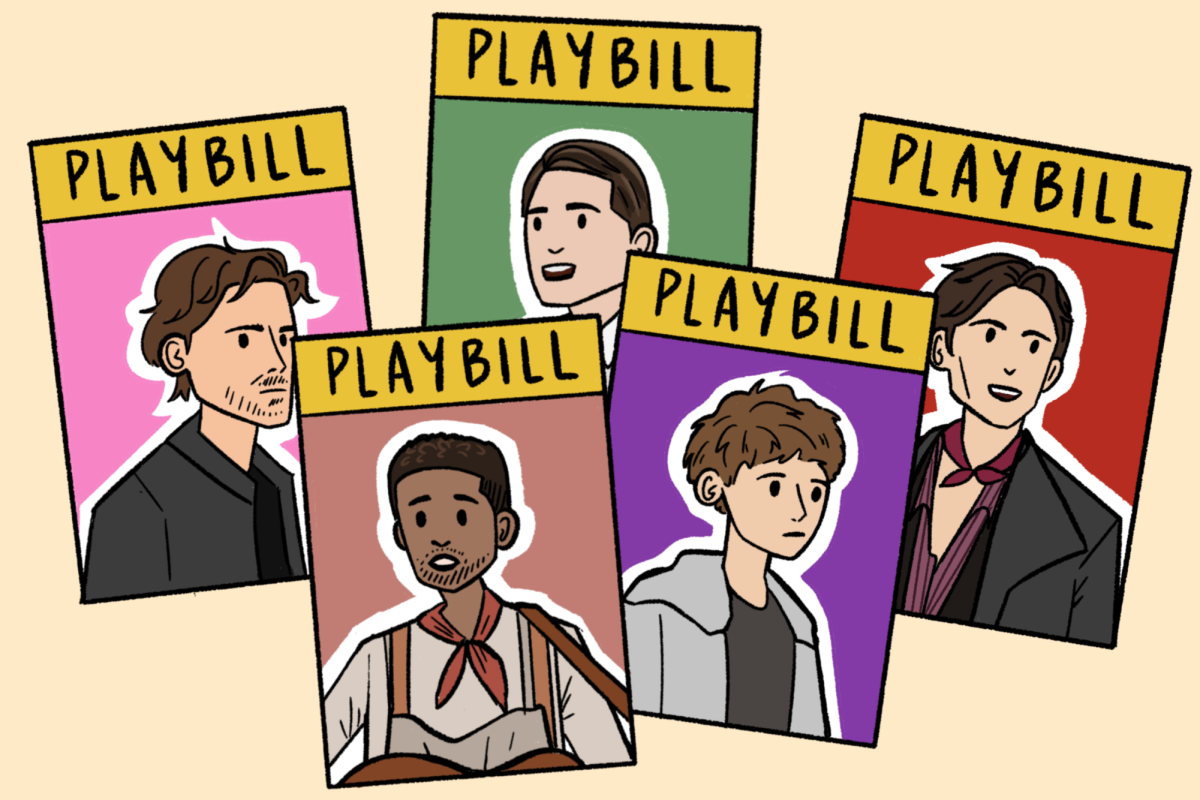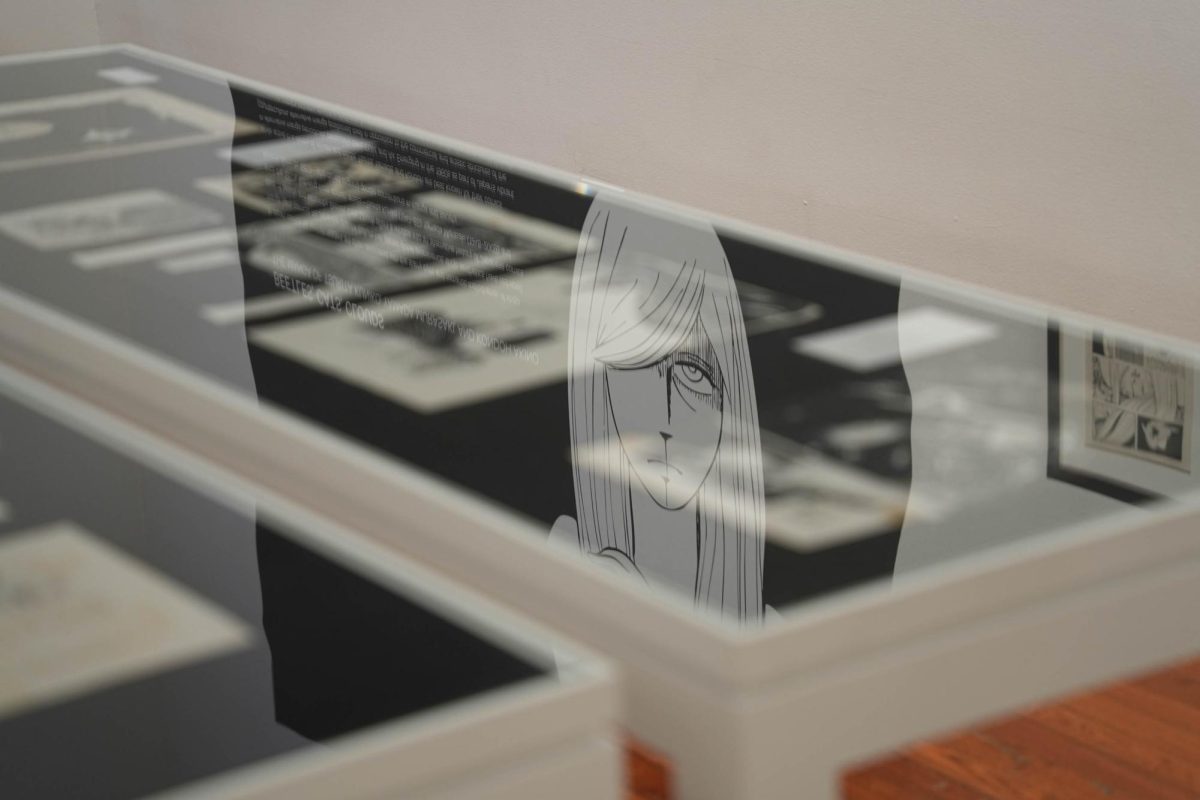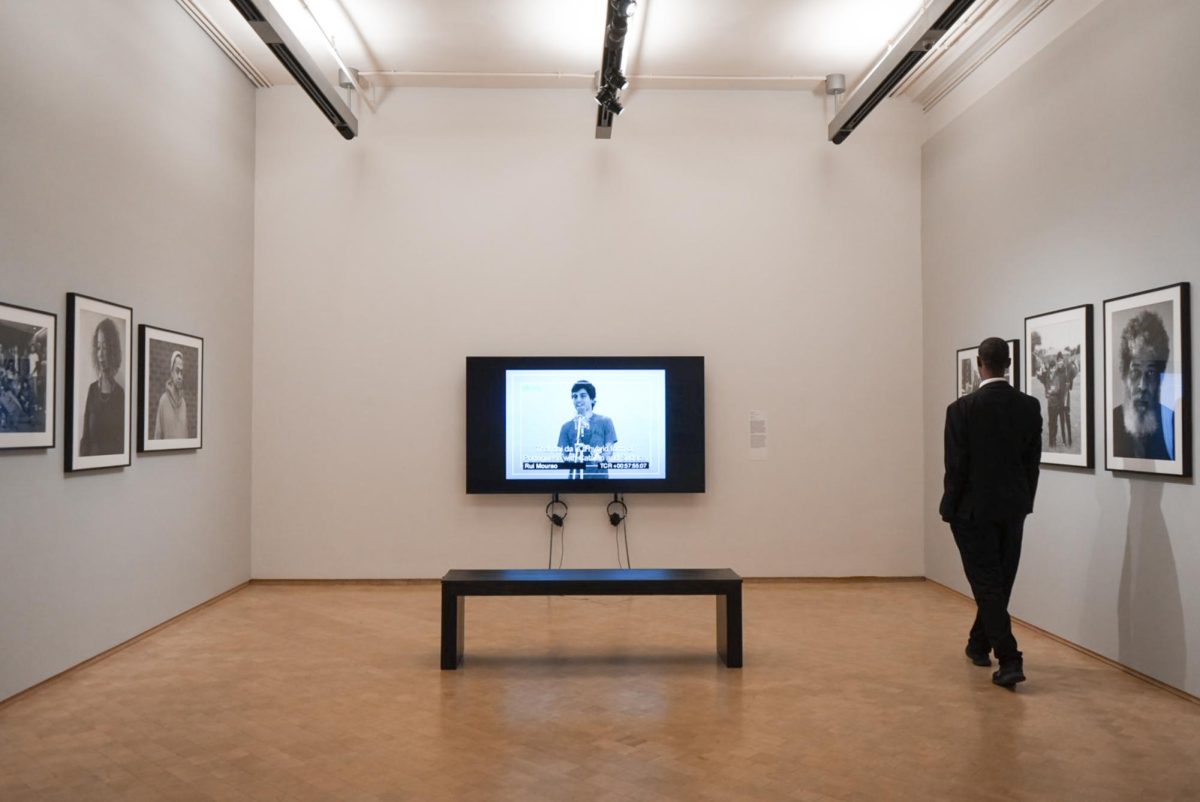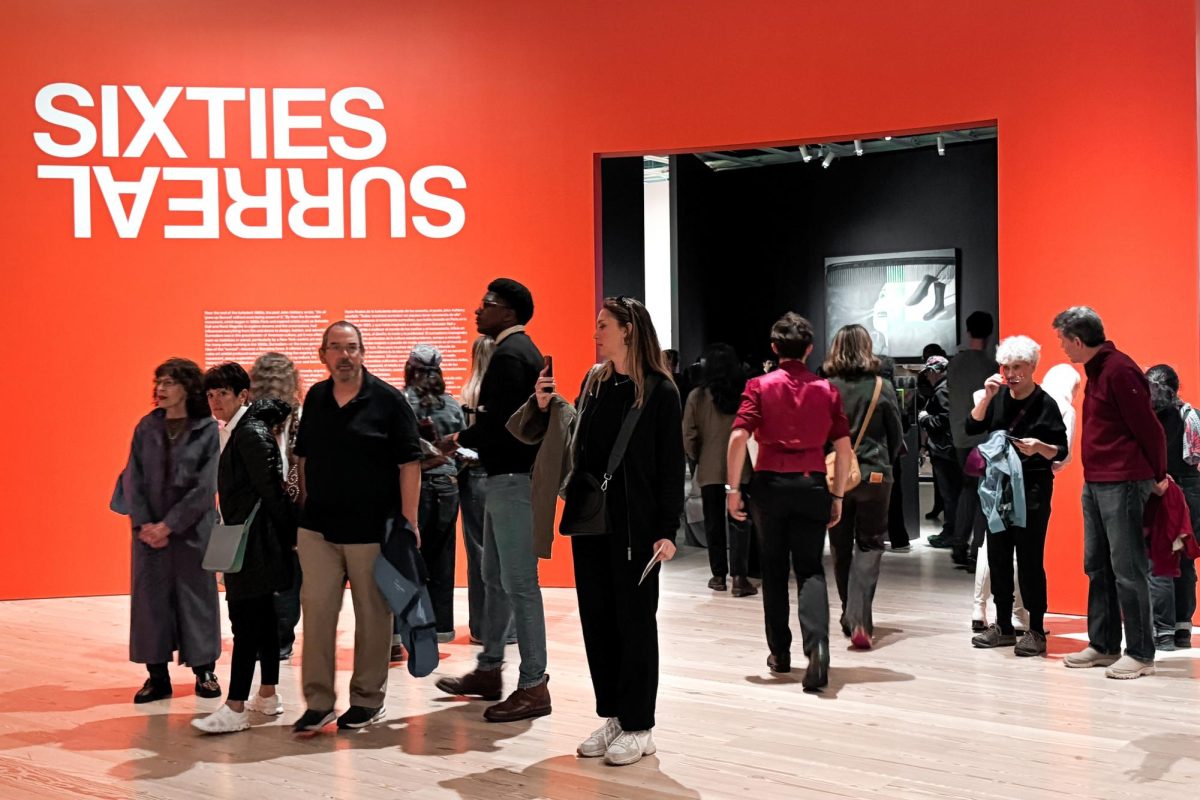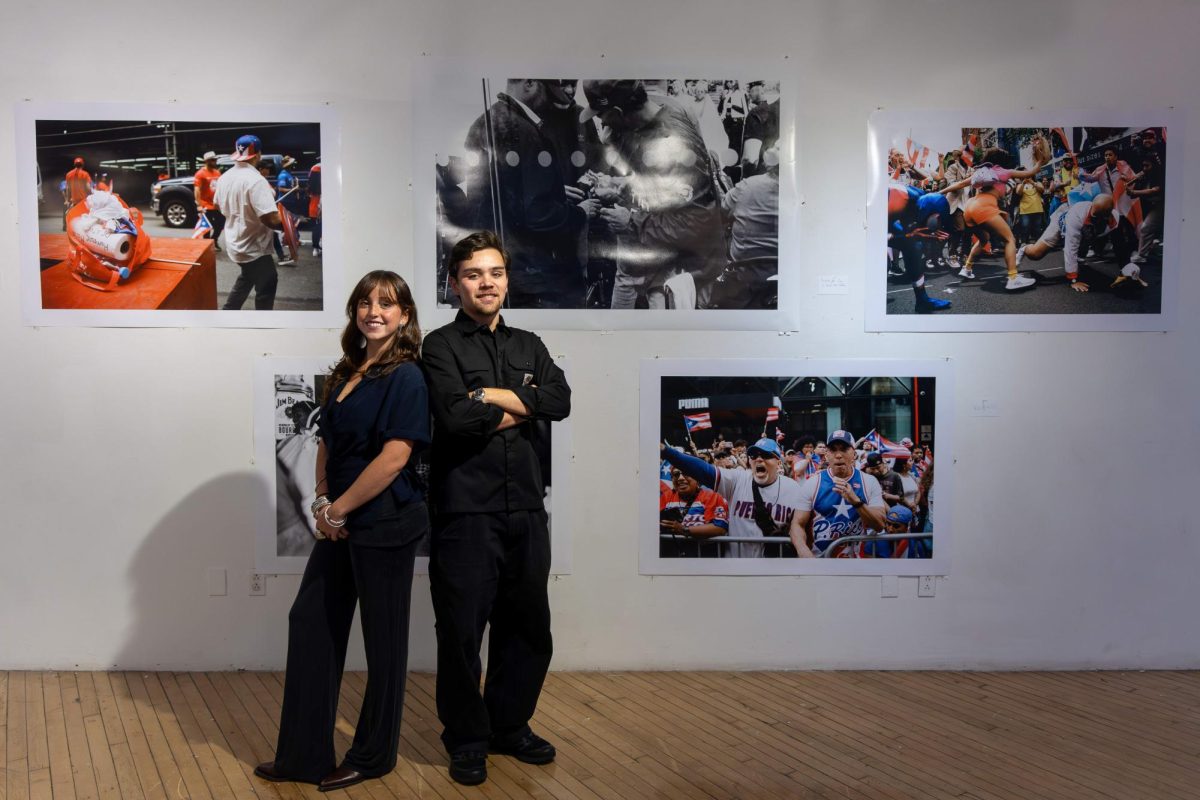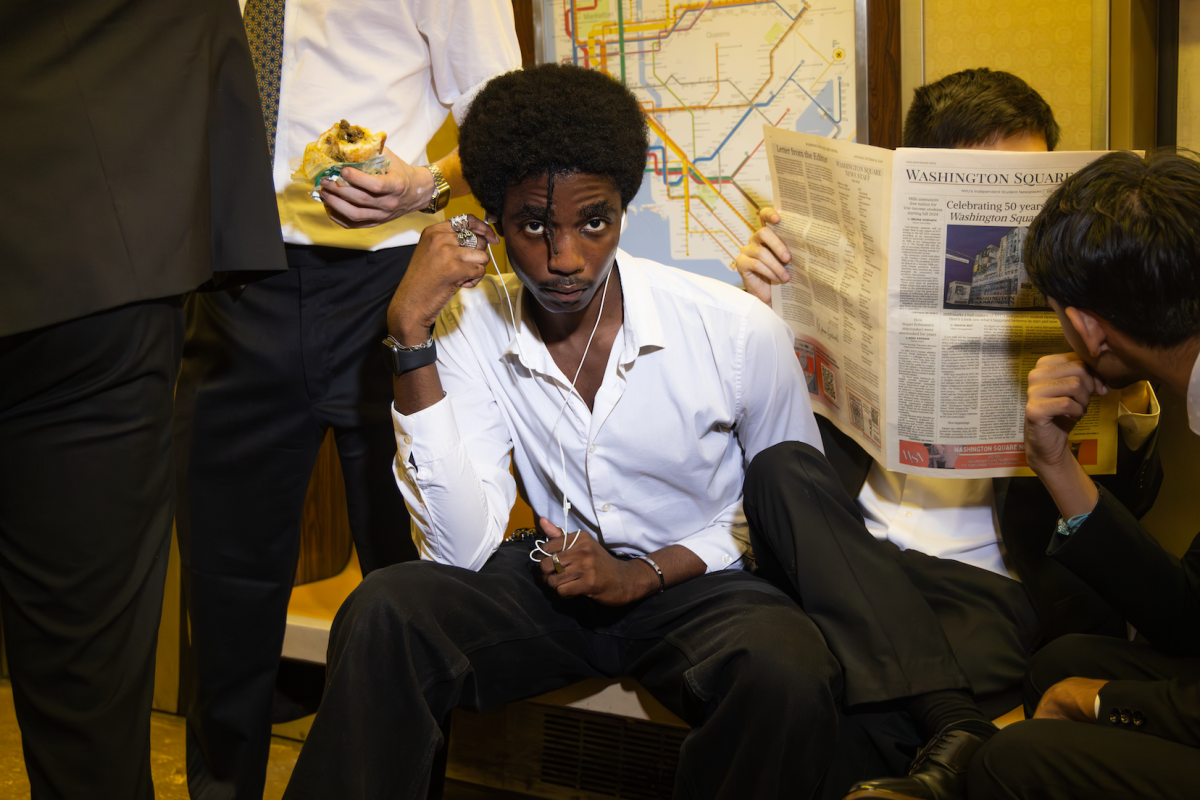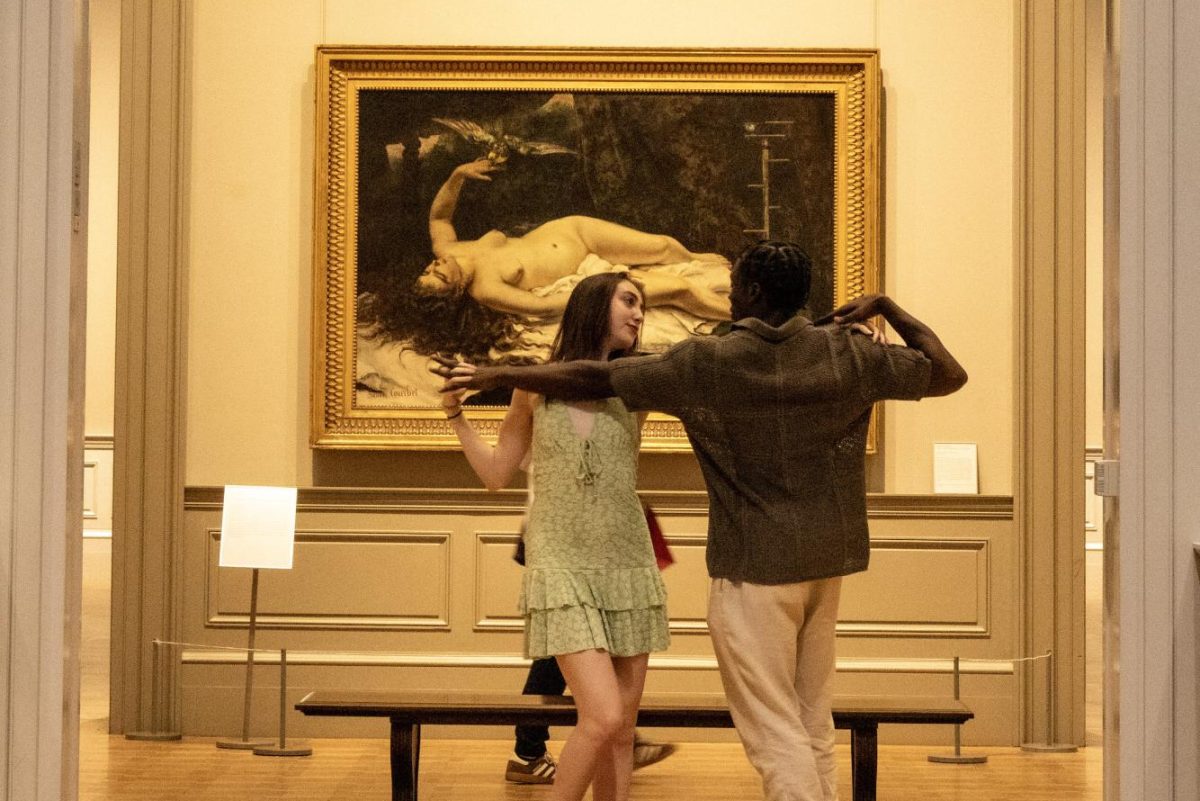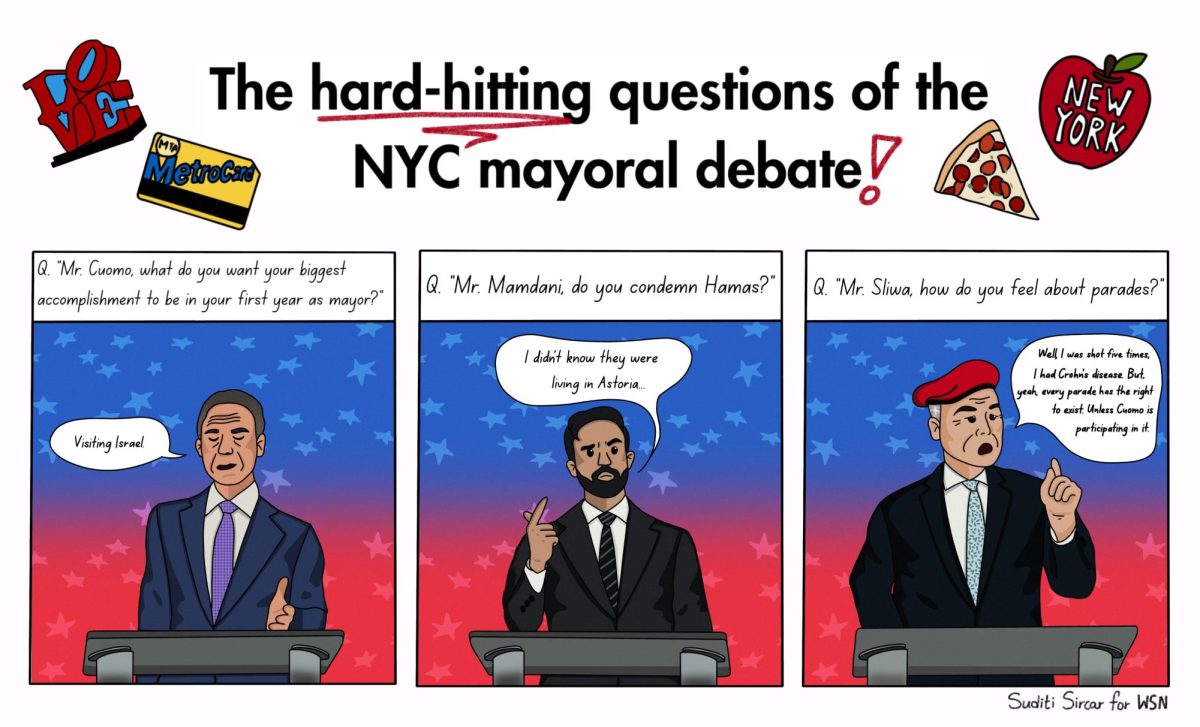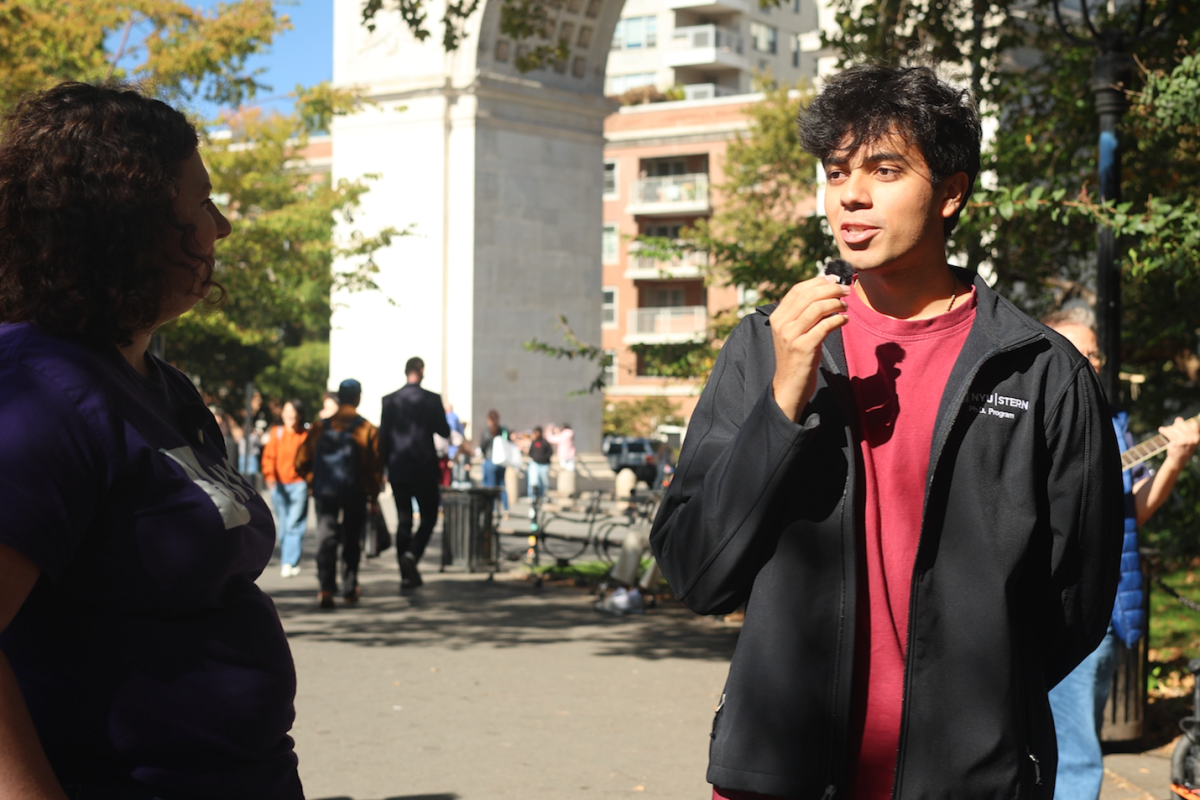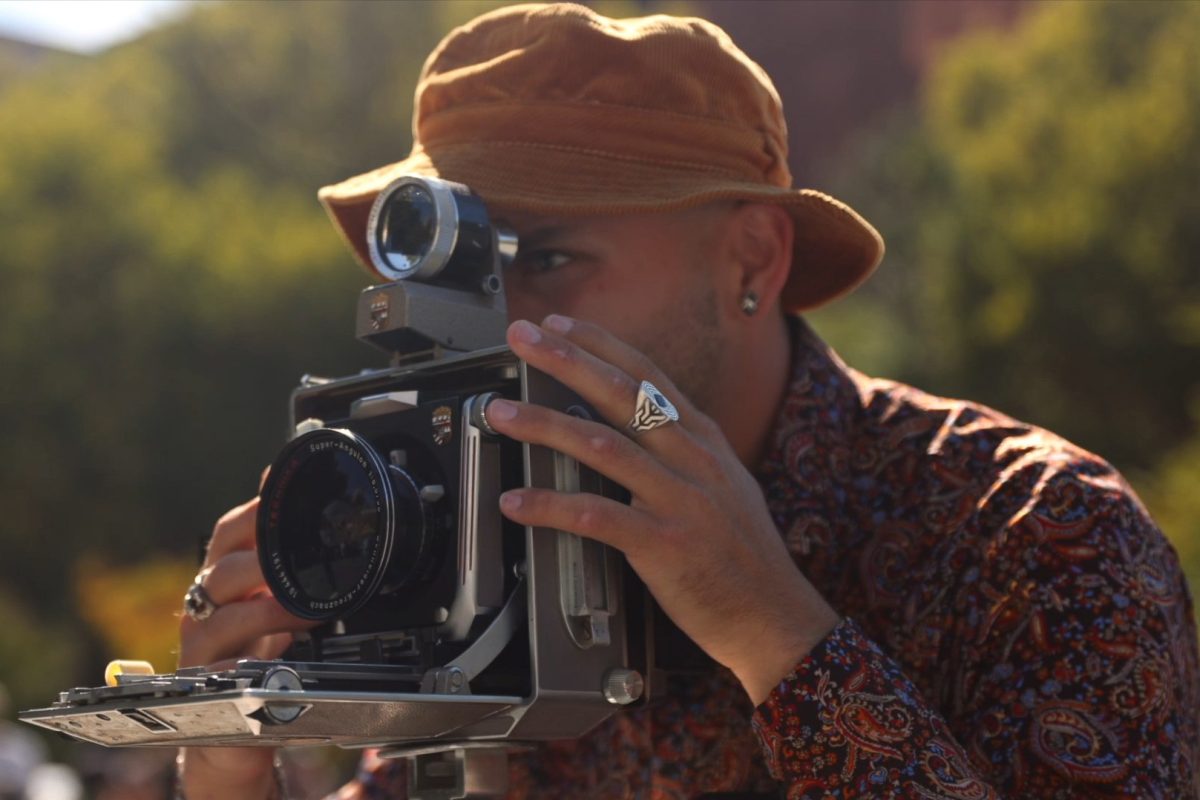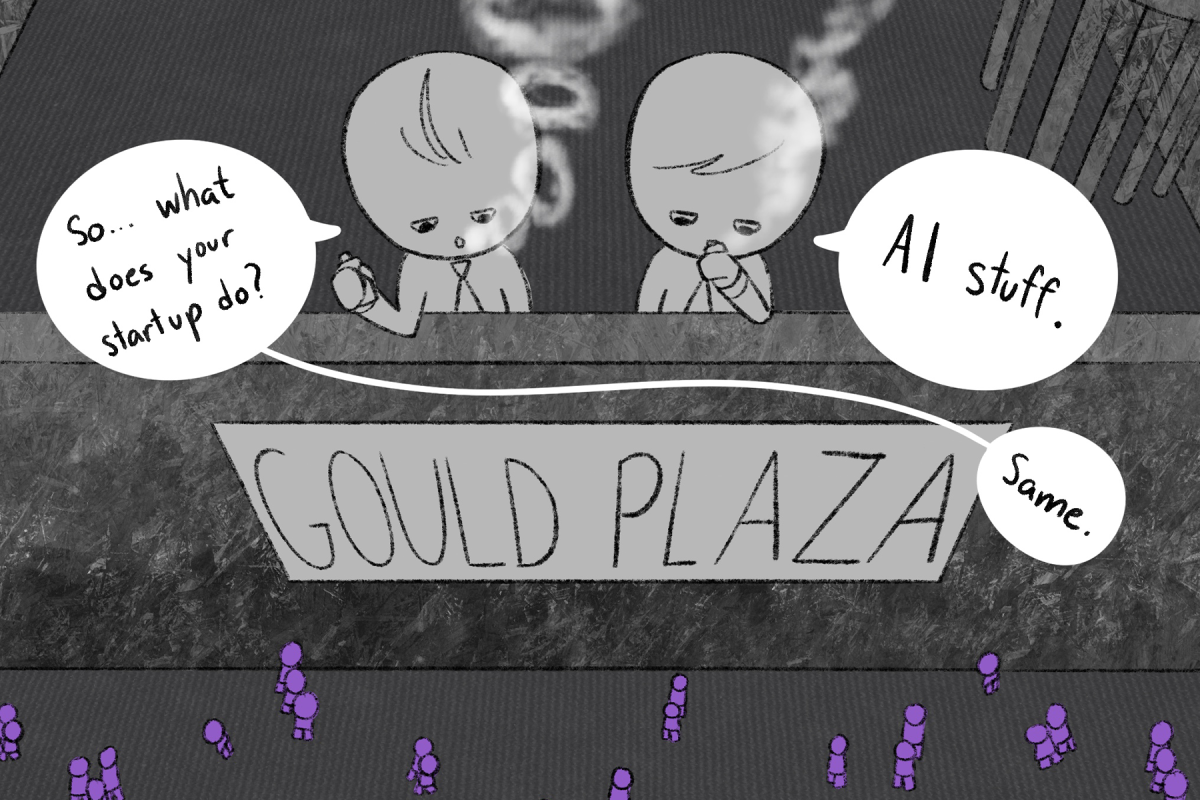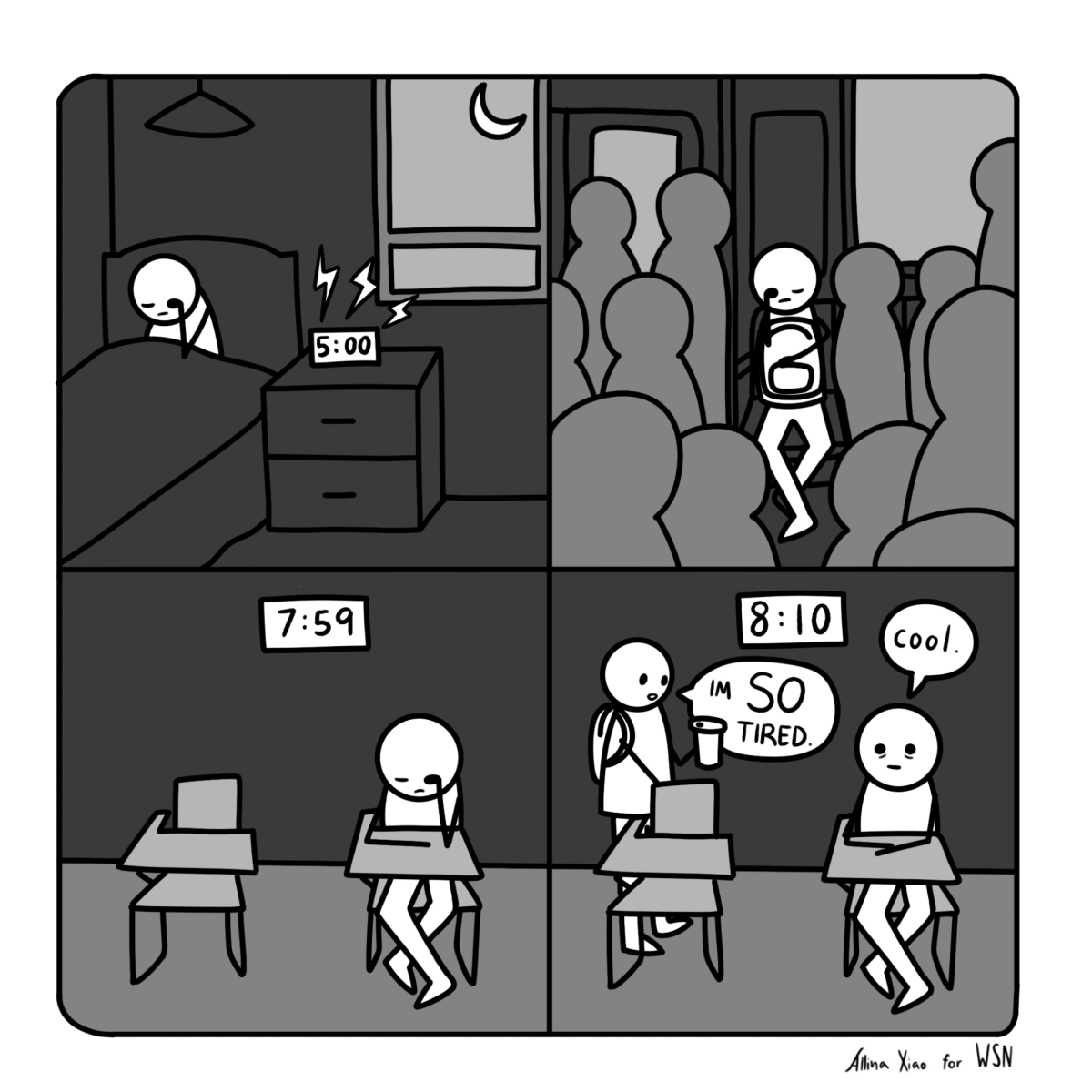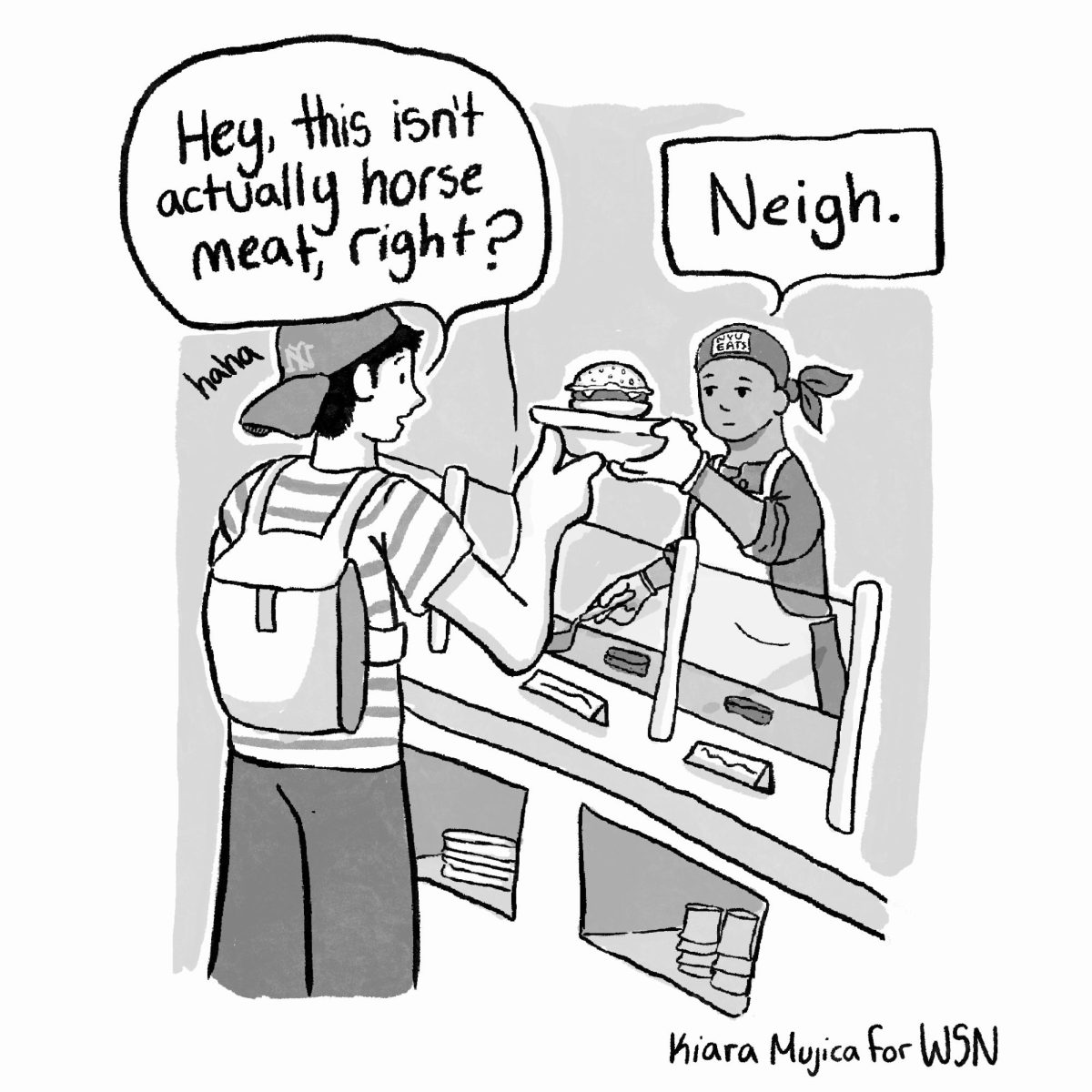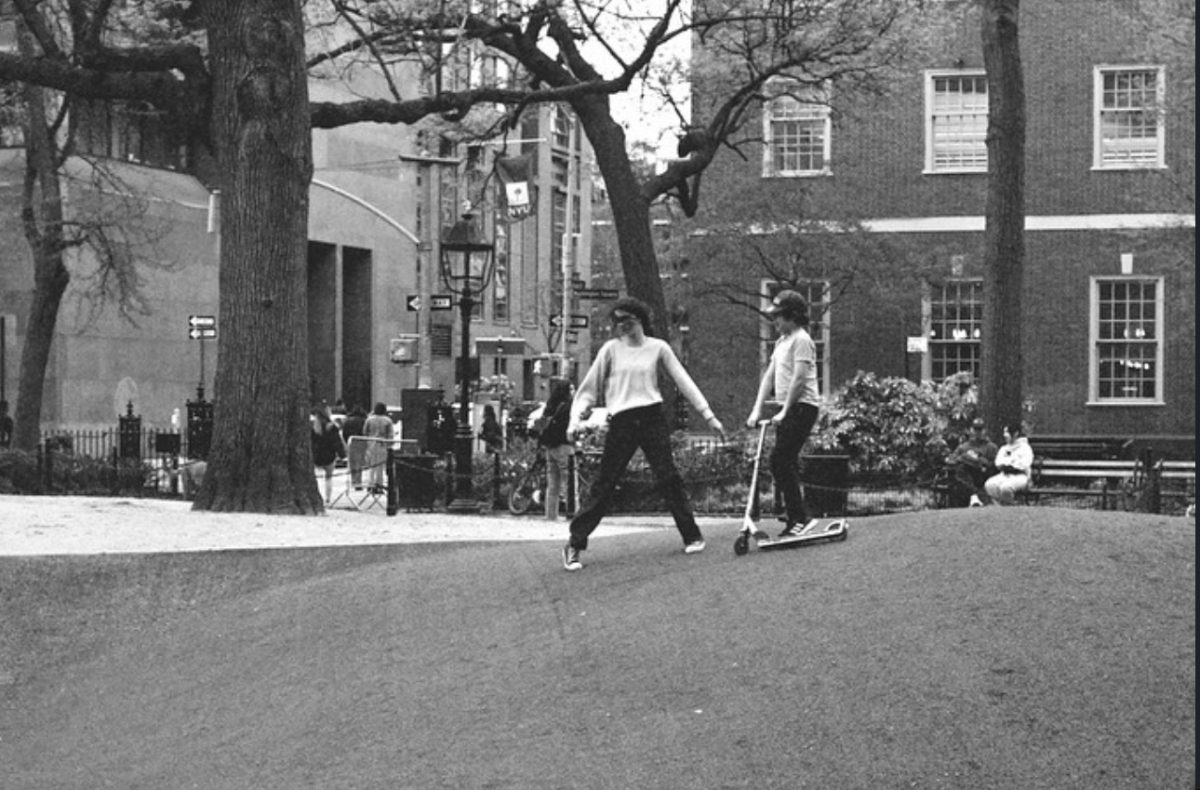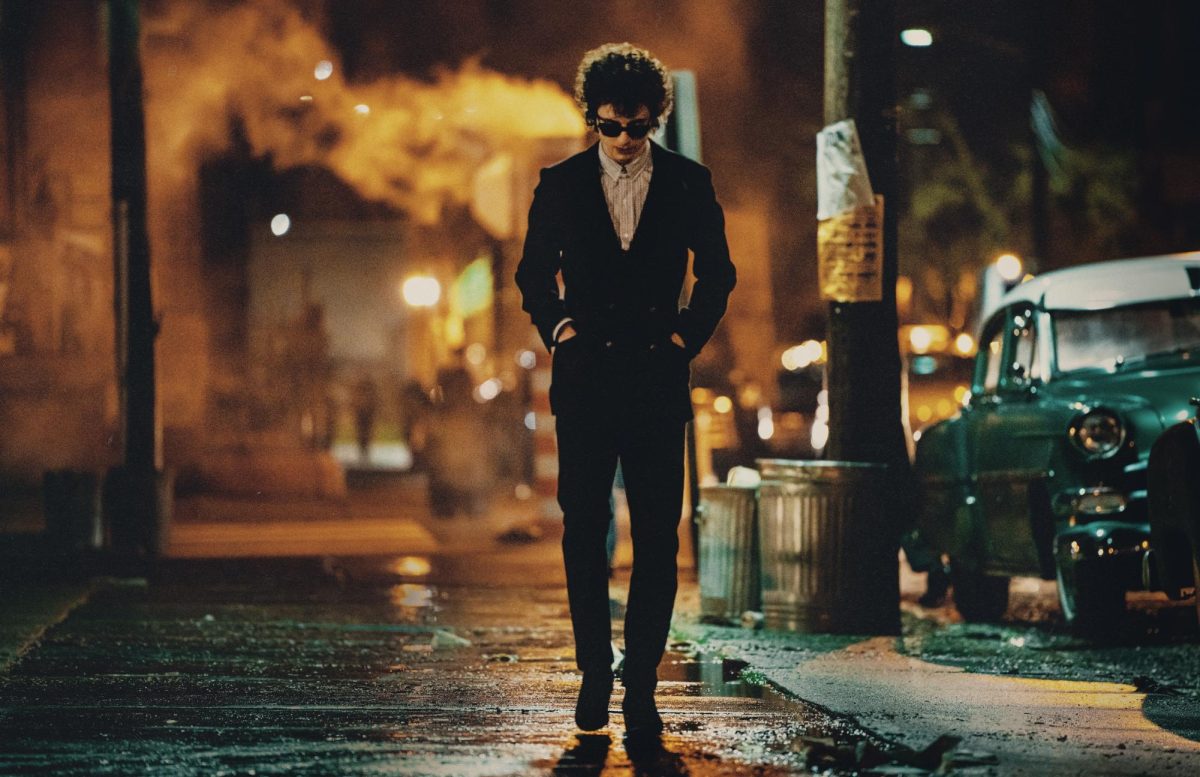Greenwich Village, 1961. Fade in on the bohemian straggler with a cigarette in one hand and a guitar case in the other.
Although born Robert Zimmerman in humble Minnesota, the shy nomad reinvents himself in the city, taking on a radical and enigmatic artistic persona henceforth known as Bob Dylan. Chronicling the short period between 1961 and 1965, director James Mangold’s newest film “A Complete Unknown” reveals the impact Dylan had on the rise of folk music until his so-called betrayal of the genre at the 1965 Newport Folk Festival. While impossible to encapsulate the artistic and cultural impact of Dylan — a Nobel Prize, Grammy and Oscar winner — the grounded and immersive performance by Timothée Chalamet offers a glimpse into a period of great American change.
The film clearly shows how folk music is inherently rooted in rebellion, a sort of muted protest centered in peace against the conformist politics driven by rigid McCarthyism. One sequence in the film depicts folk singer Pete Seeger (Edward Norton) — who becomes Dylan’s driving mentor — in contempt of court for refusing to answer questions from the House Un-American Activities Committee. As Dylan visits an ailing Woody Guthrie (Scoot McNairy) at a New Jersey hospital, he and Seeger cross paths and a switch flips. As soon as Chalamet begins to sing, he immerses himself in performance. “You tramped here all the way from Minnesota. Why is that?” Seeger asks. “I wanted to catch a spark,” Dylan replies. Even as his own artistic revelations grow and change, his roots begin in his appreciation for the folk icons that came before him and inspired his journey.
While the film centers on Dylan’s rise to fame and his shift to going electric in 1965, much of his artistic journey is contextualized by his romantic relationships with Sylvie Russo (Elle Fanning) and Joan Baez (Monica Barbaro). Baez is an artistic force in her own right — collaborating with Dylan on classics like “It Ain’t Me, Babe” and “Don’t Think Twice, It’s Alright.” But Russo — an alias for Dylan’s actual partner Suze Rotolo — has little depth or development. Her shrouded nature amplifies the enigma that is Dylan, who at some points hides behind his guitar and mumbles about collective incompetency.
What Mangold gets right in his storytelling is how the film doesn’t try to mold or change Dylan’s persona to make it more palatable. Dylan is dismissive and unsympathetic, telling Baez “Your songs are like an oil painting at the dentist’s office,” in response to her retort, “You’re an asshole, Bob.” While grating and annoying at times, his unyielding commitment to his own convictions offers the purest portrait of his artistic vision. The film reaches an emotional peak in one sequence that pans in on Russo as she watches the innate chemistry between Dylan and Baez, and eventually flees feeling betrayed by his flippant nature. Never one to please the masses, this behavior foreshadows his abandonment of his folk roots.
Dylan peaks in commercial success and can no longer traverse the streets of downtown Manhattan without being hounded by ravenous fans. His contempt for his now-monotonous musical style results in a showdown between the folk artists he used to revere and his new sound based in electric shock. Dylan’s experimentation with electric guitar and contemporary sound offers a new, steelier side of his persona complete with messy hair, black wayfarer sunglasses and a harmonica around his neck. Even while veiled by black shades, he still pierces the gaze of everyone around him.
While the country experiences a seismic shift toward counterculture and the civil rights movement, this musical shift portrays Dylan as a traitor to his genre and its political influence, all in the midst of the upcoming Newport Folk Festival. A tense faceoff between the rebellious Dylan and the traditional Seeger who desperately pleas for a return to his earlier sound ensues. Chalamet’s performance crescendoes as the audience reaches its breaking point, throwing litter at their once-beloved figure, now a pariah. Folk is no longer Dylan’s catalyst for change, but rather the secure and familiar genre of the past.
“A Complete Unknown” offers a portrait of Dylan who wooed, entranced and betrayed his crowd — starting at the age of 19. The film, just as meandering as its protagonist, focuses on the battle between the city, the community and the artist. As soon as Dylan crossed the George Washington Bridge, America and its folk culture would never be the same.
Contact Maggie Turner at [email protected].

